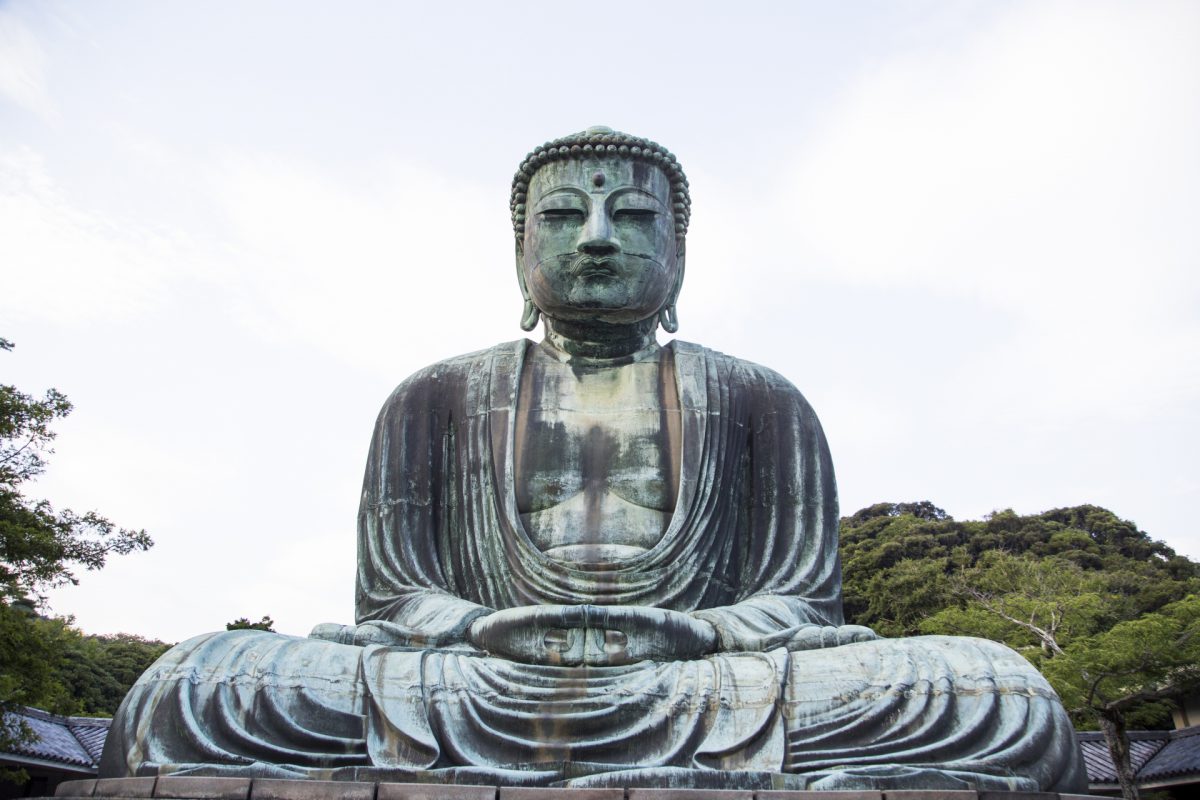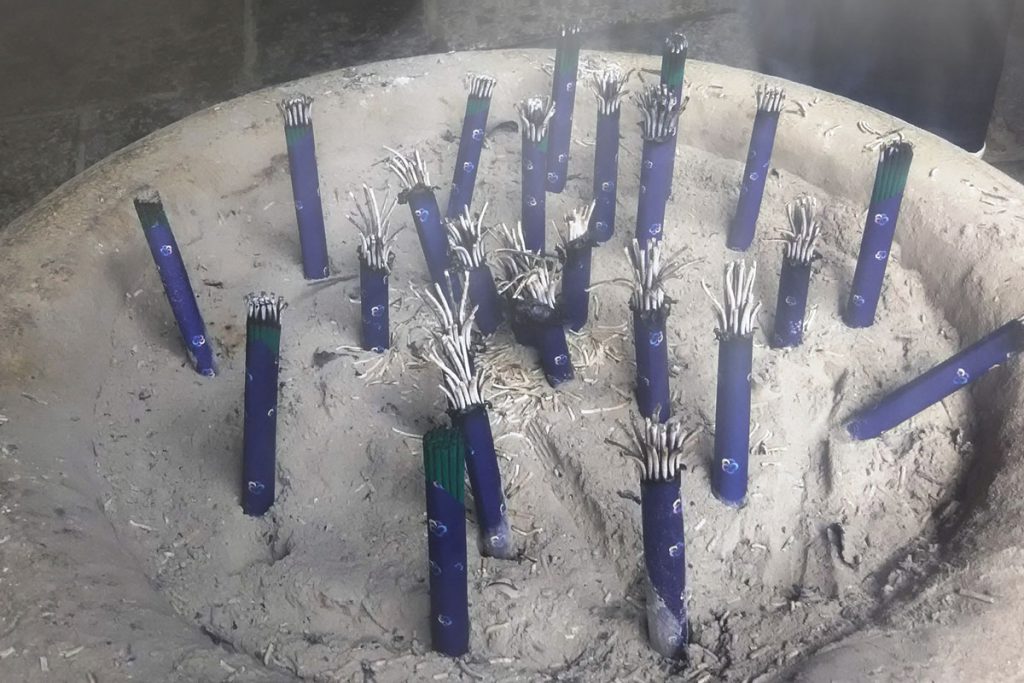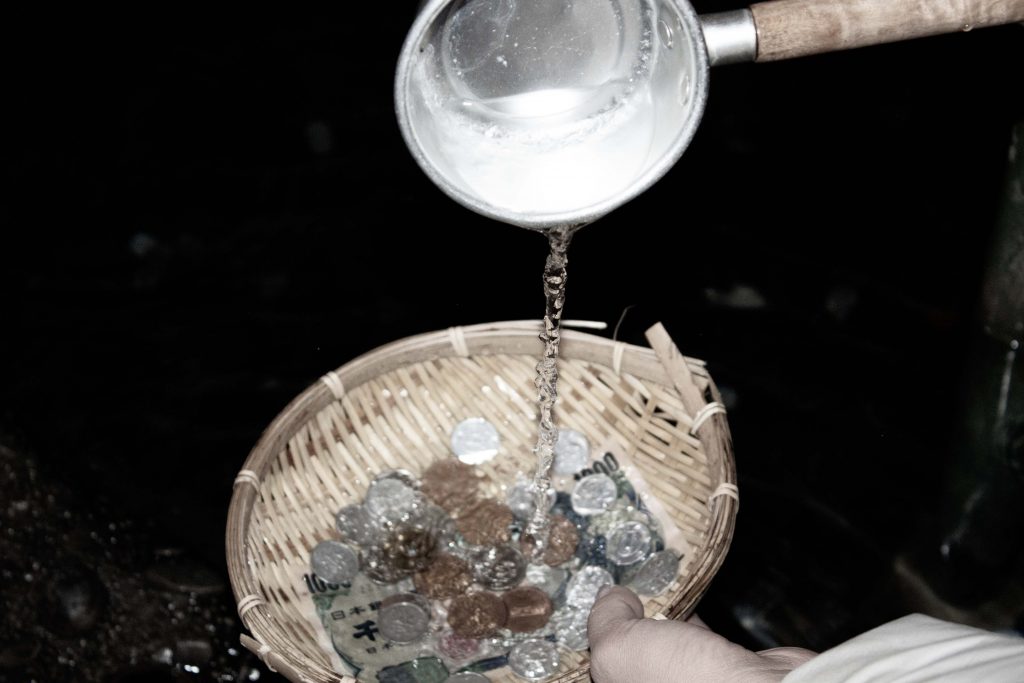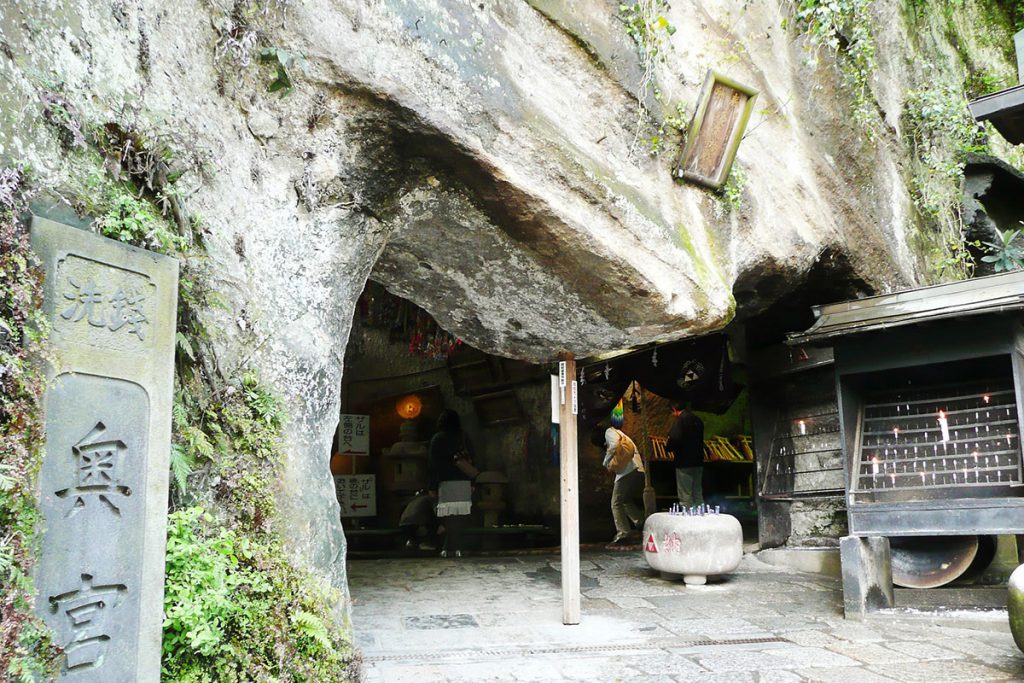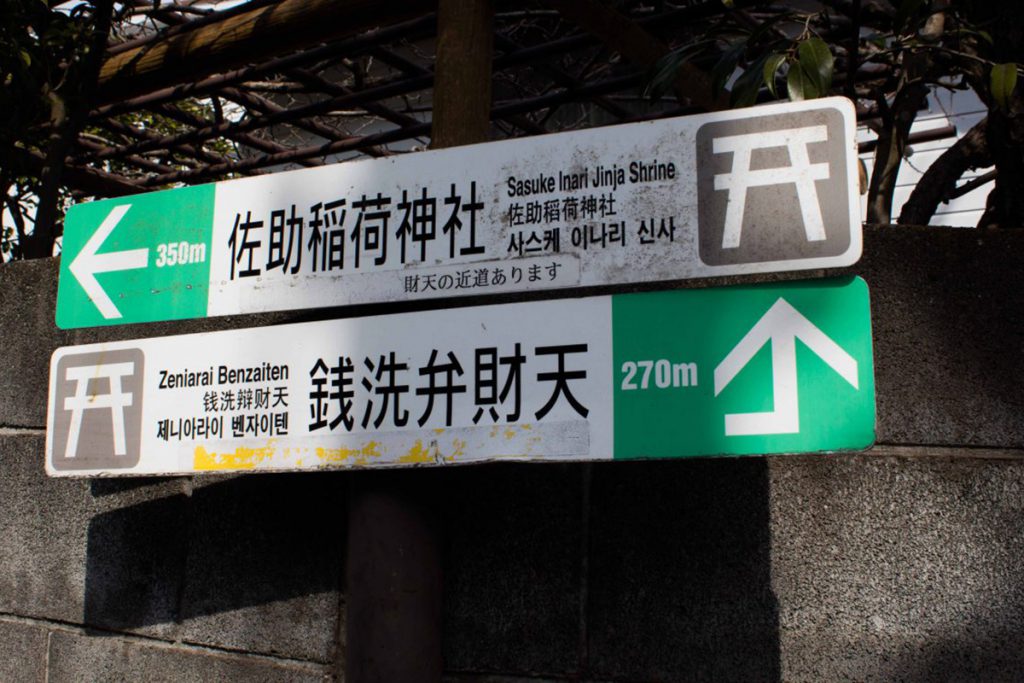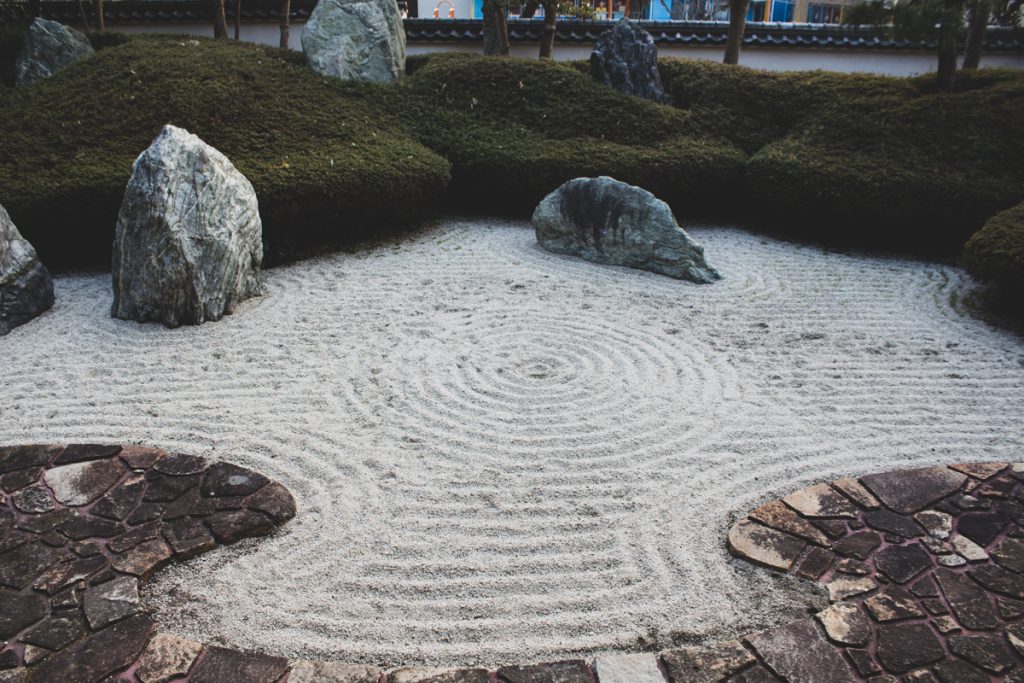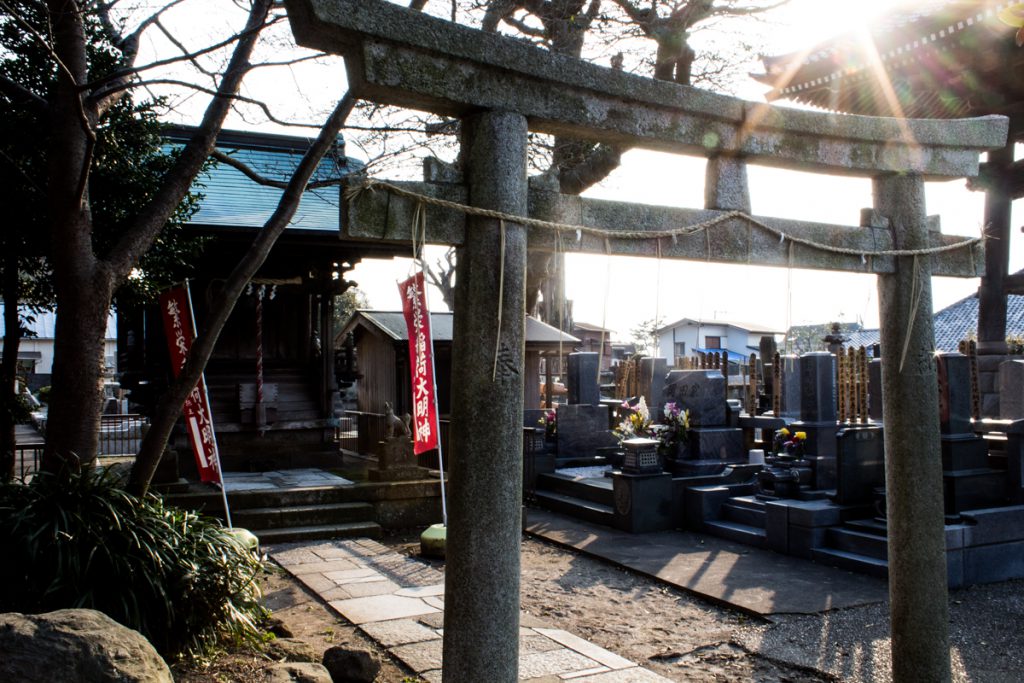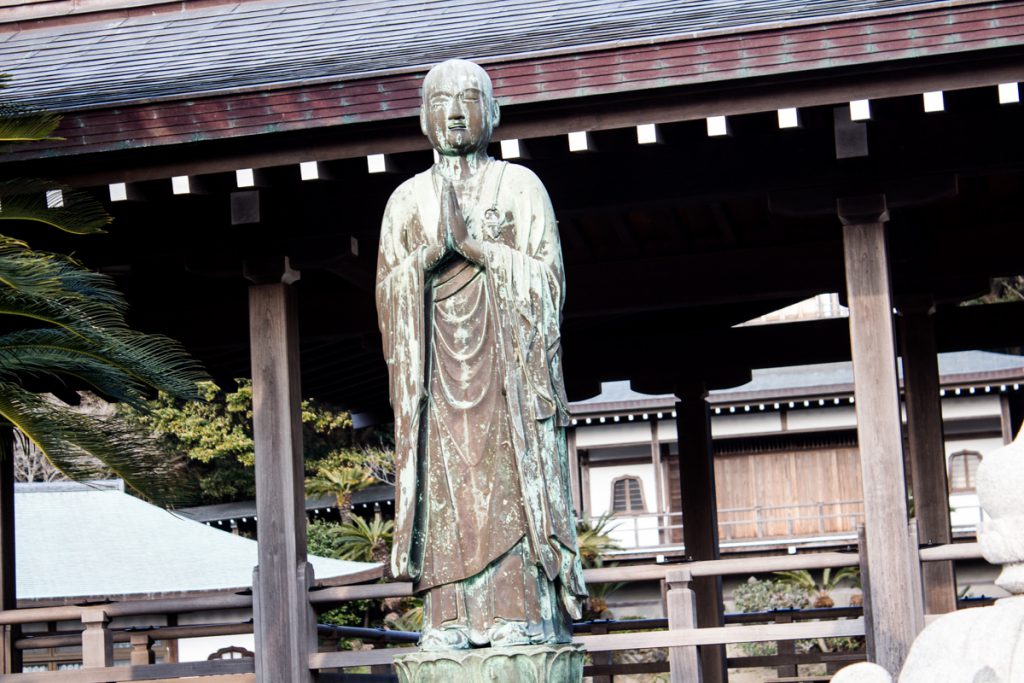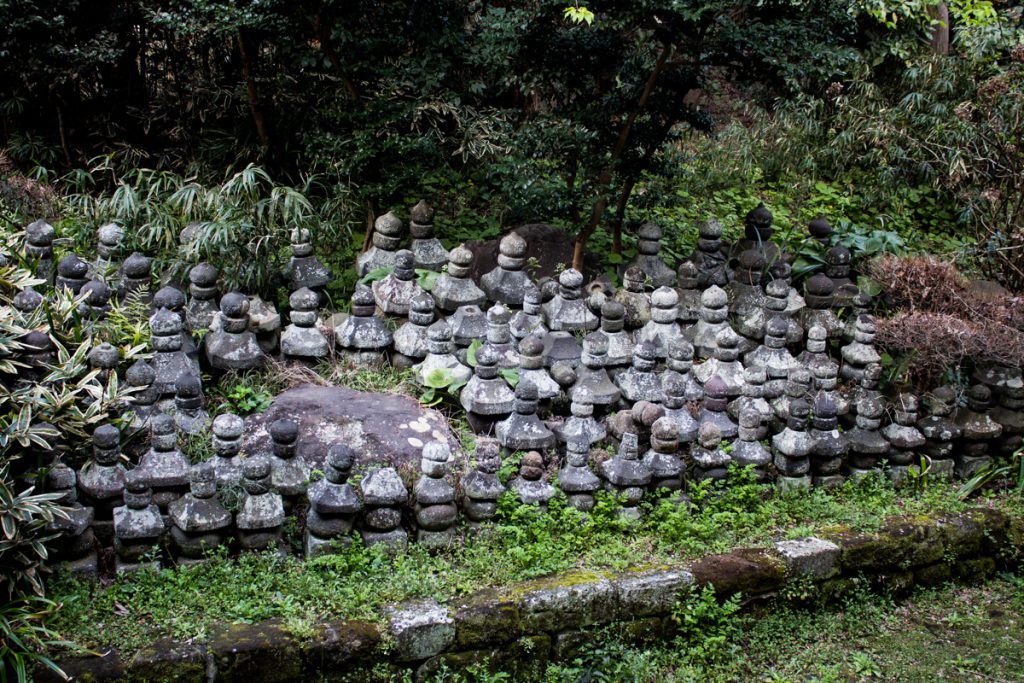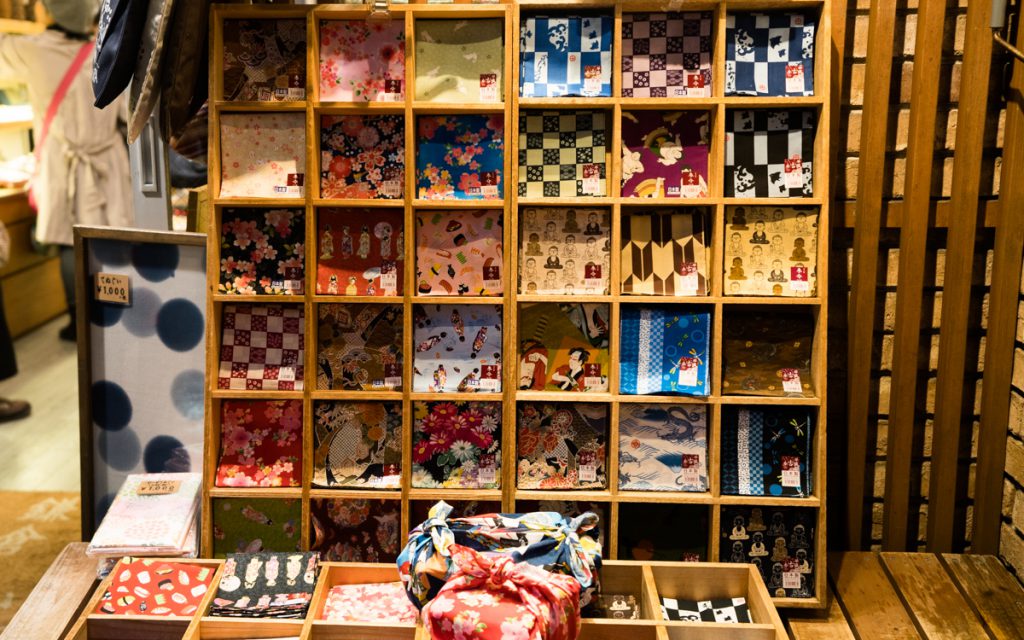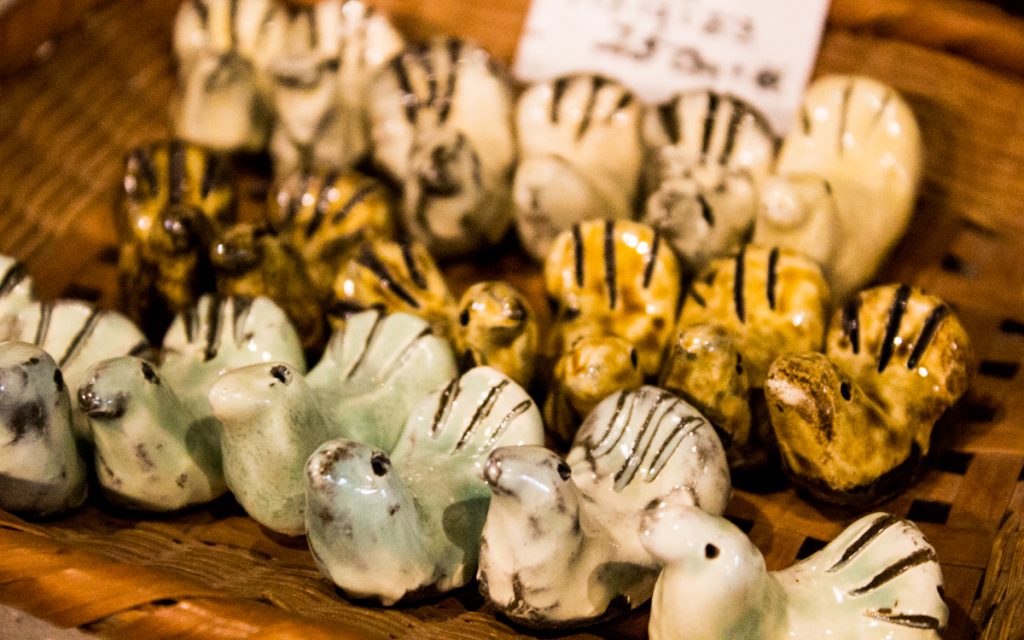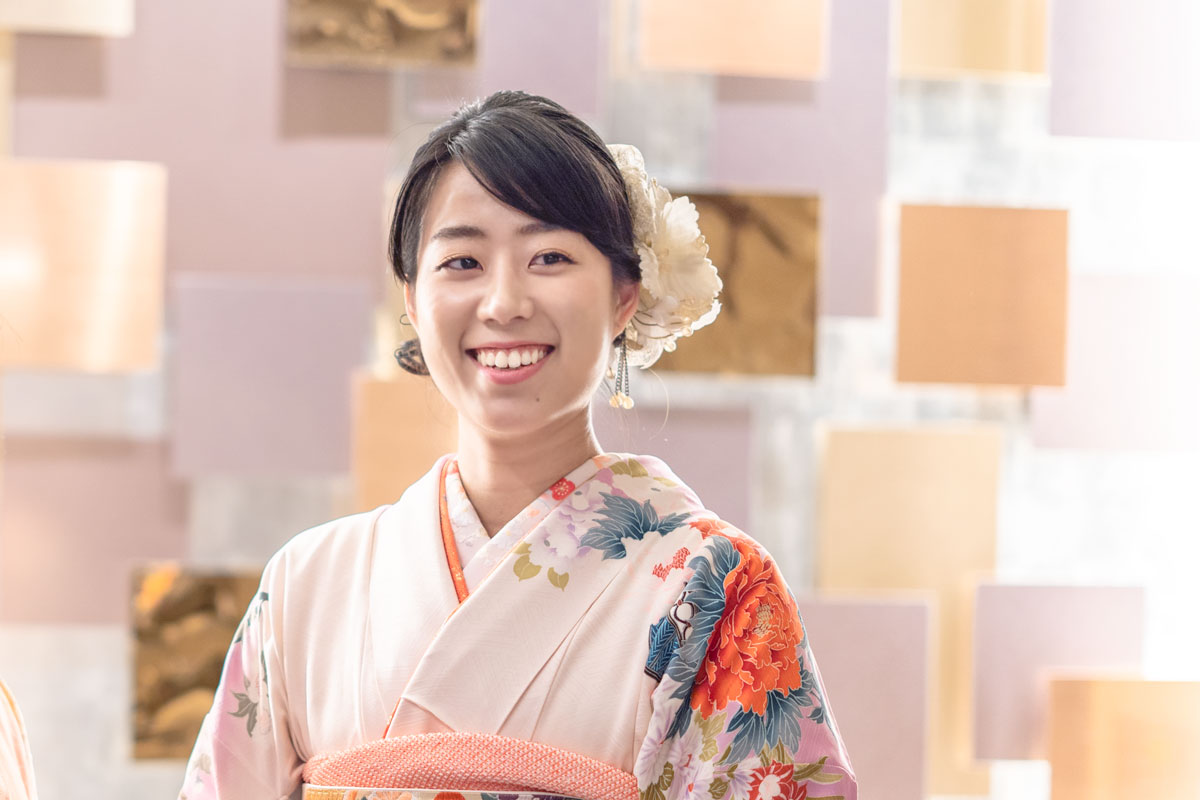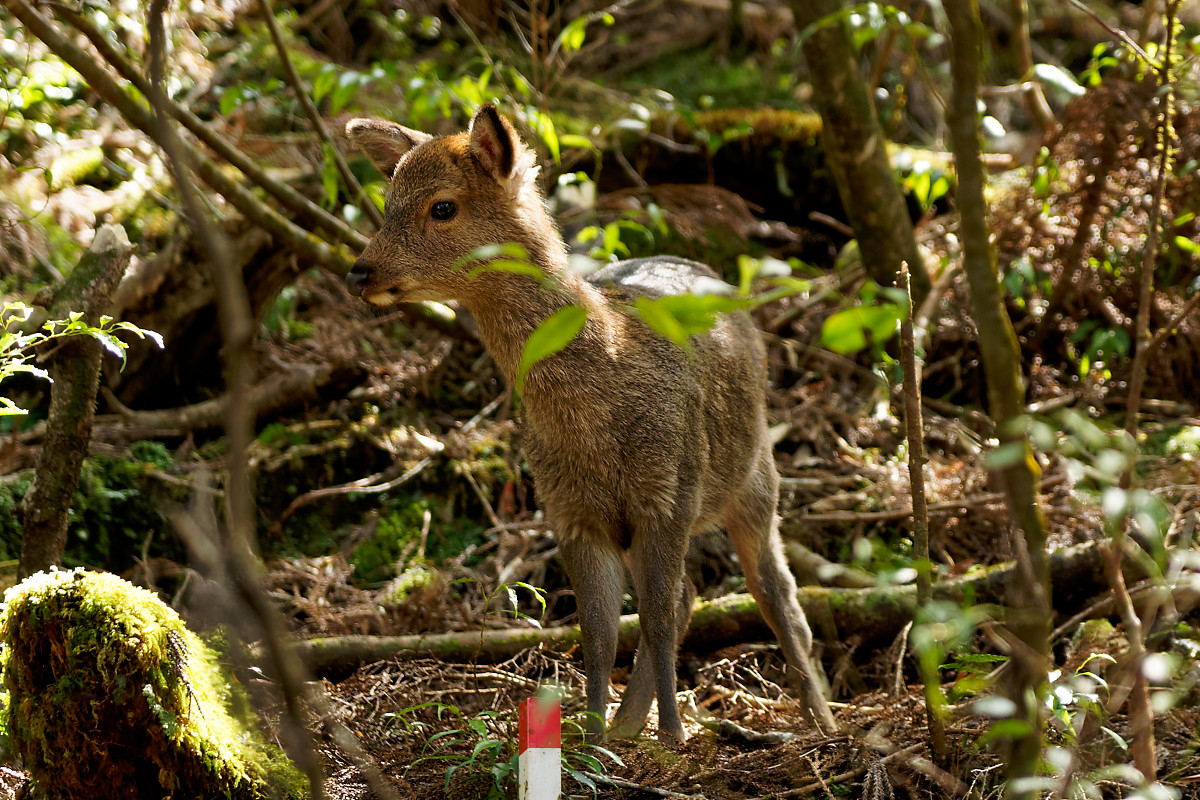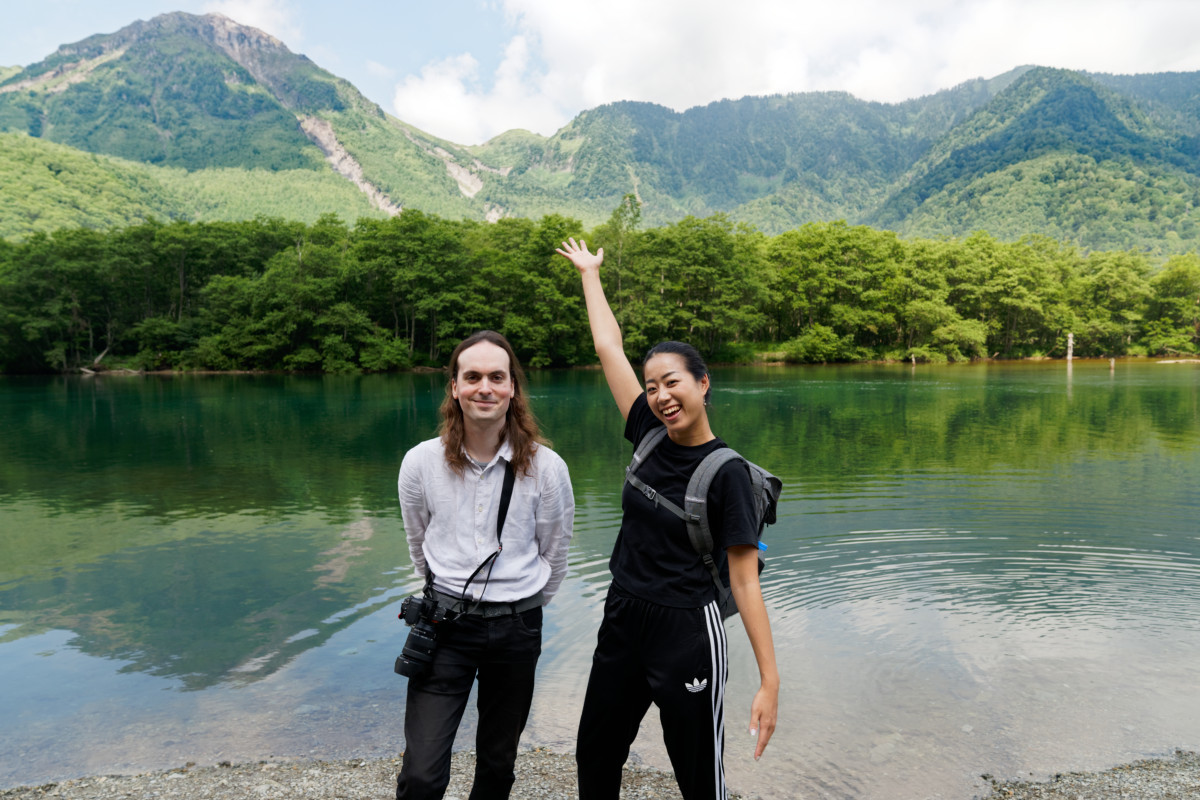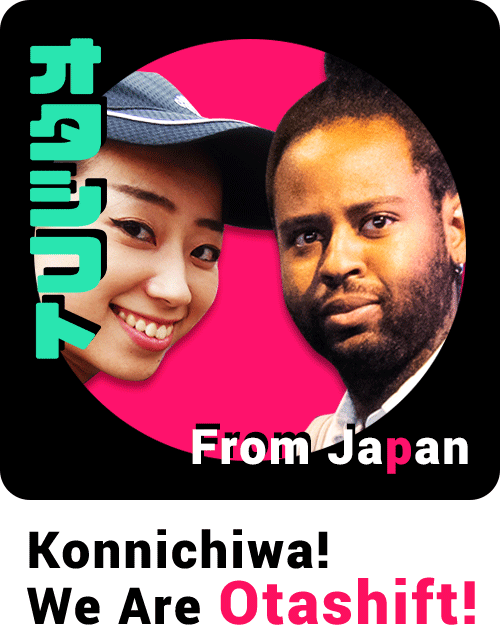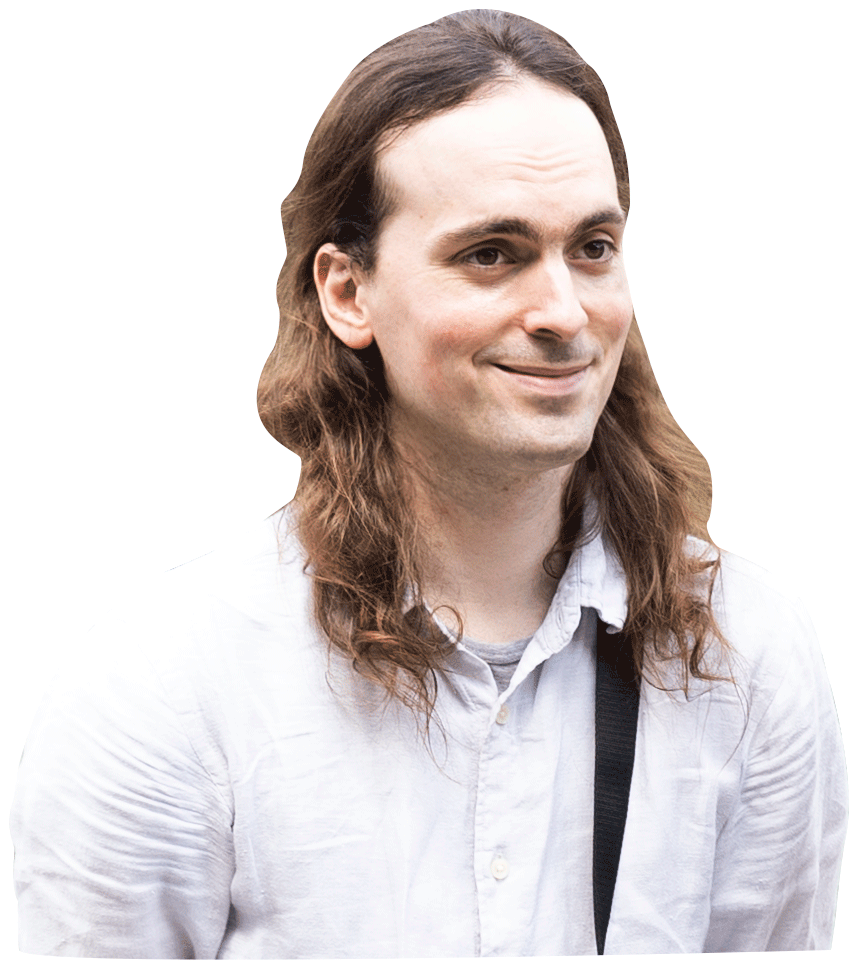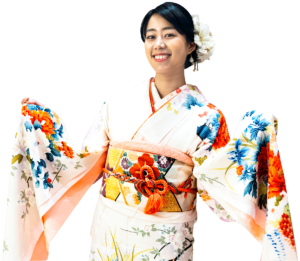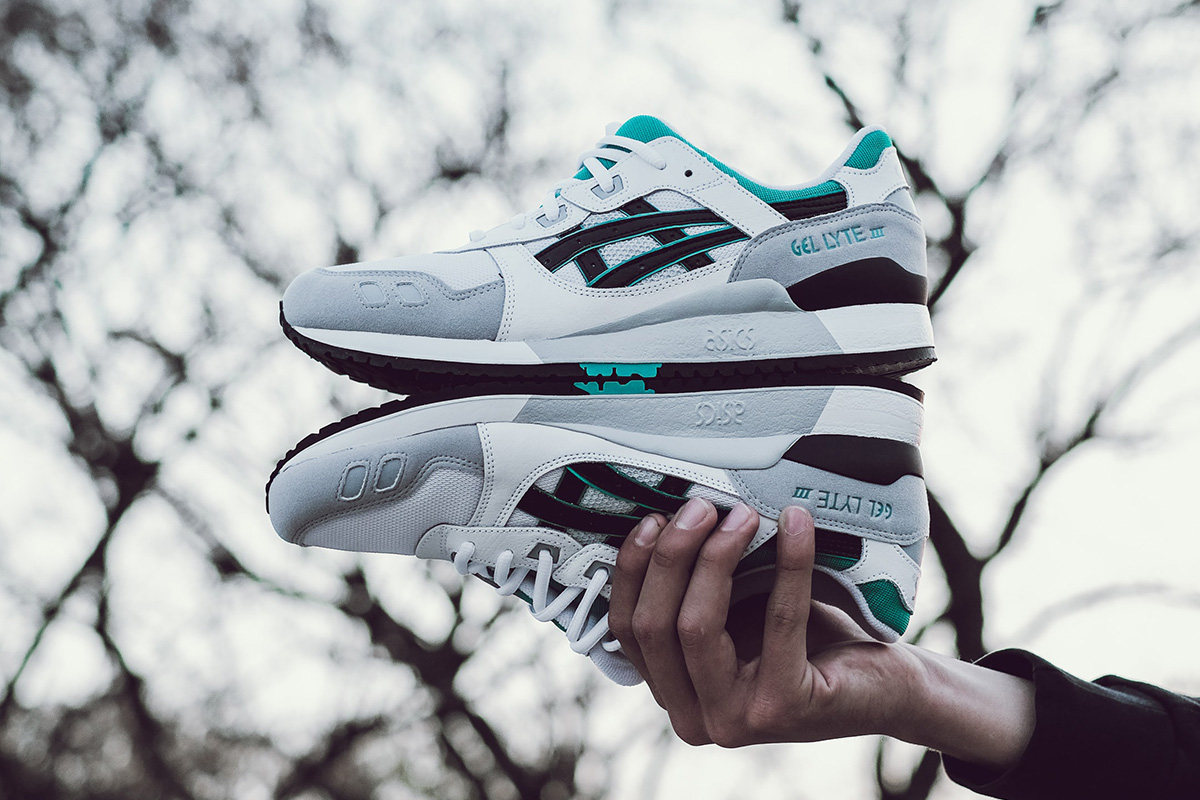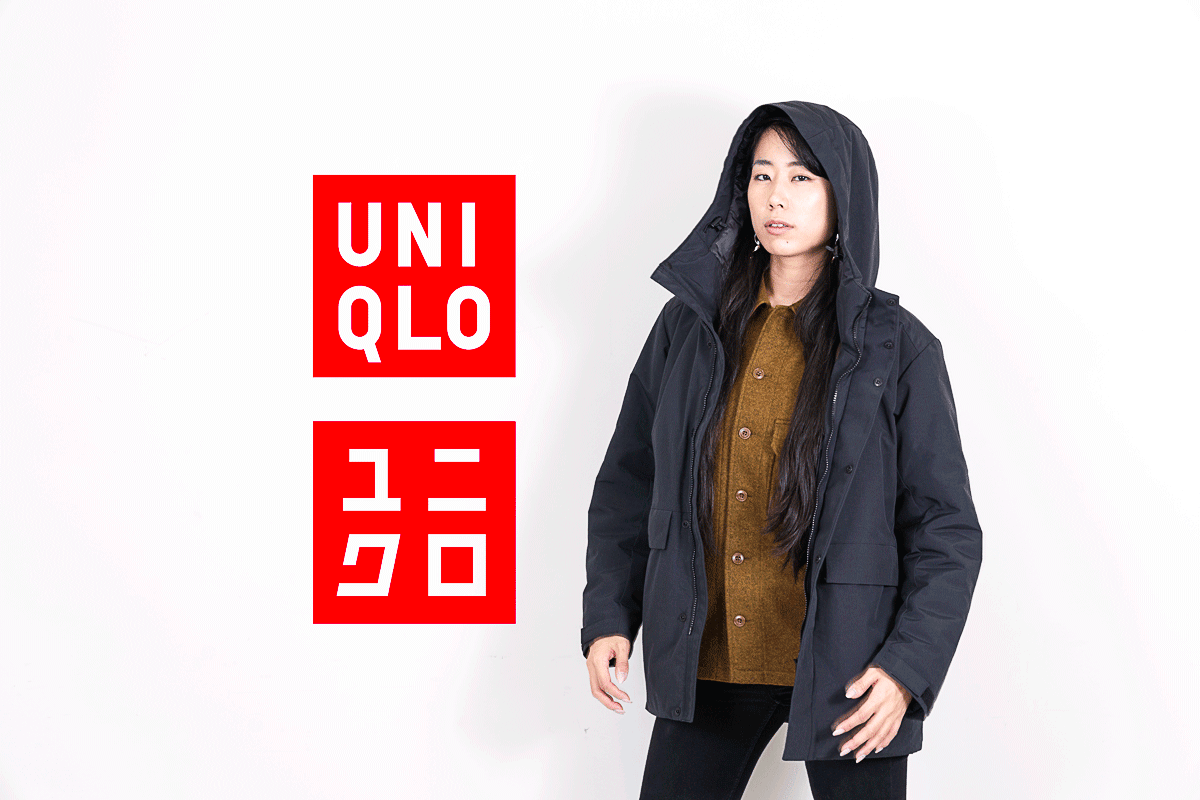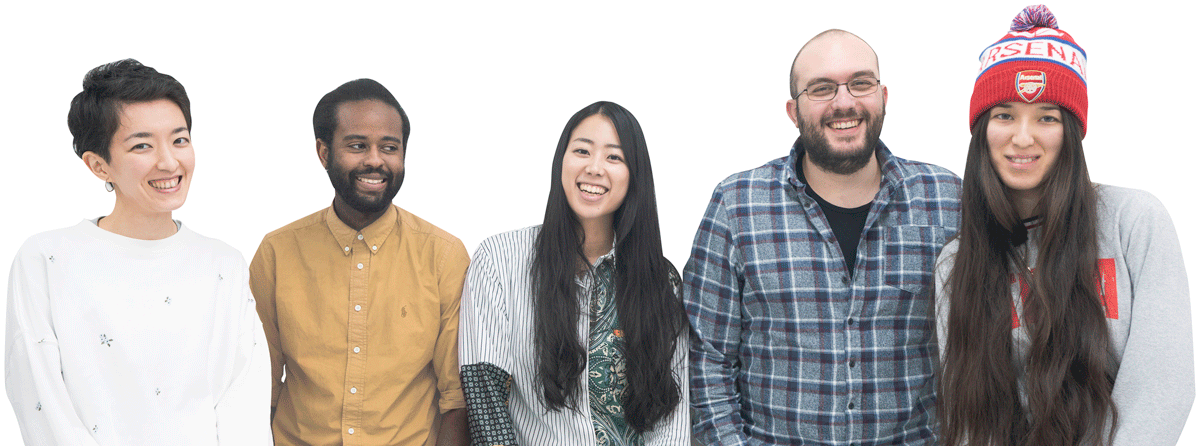Kamakura (=鎌倉) is a popular day’s trip destination because of its proximity from Tokyo. It takes about an hour from most major Tokyo train stations to reach the ancient Japanese capital. In addition, for those who are visiting Japan and are based in Tokyo, visiting Kamakura is a great idea. You get to see a more Kyoto-like city in the vicinity of Tokyo.
While Kamakura is a relatively small city, there is a lot to see and do. This guide on Kamakura city is to help you figure out what you can find there, what you should see, and what locals recommend.
HOW IS KAMAKURA CITY?
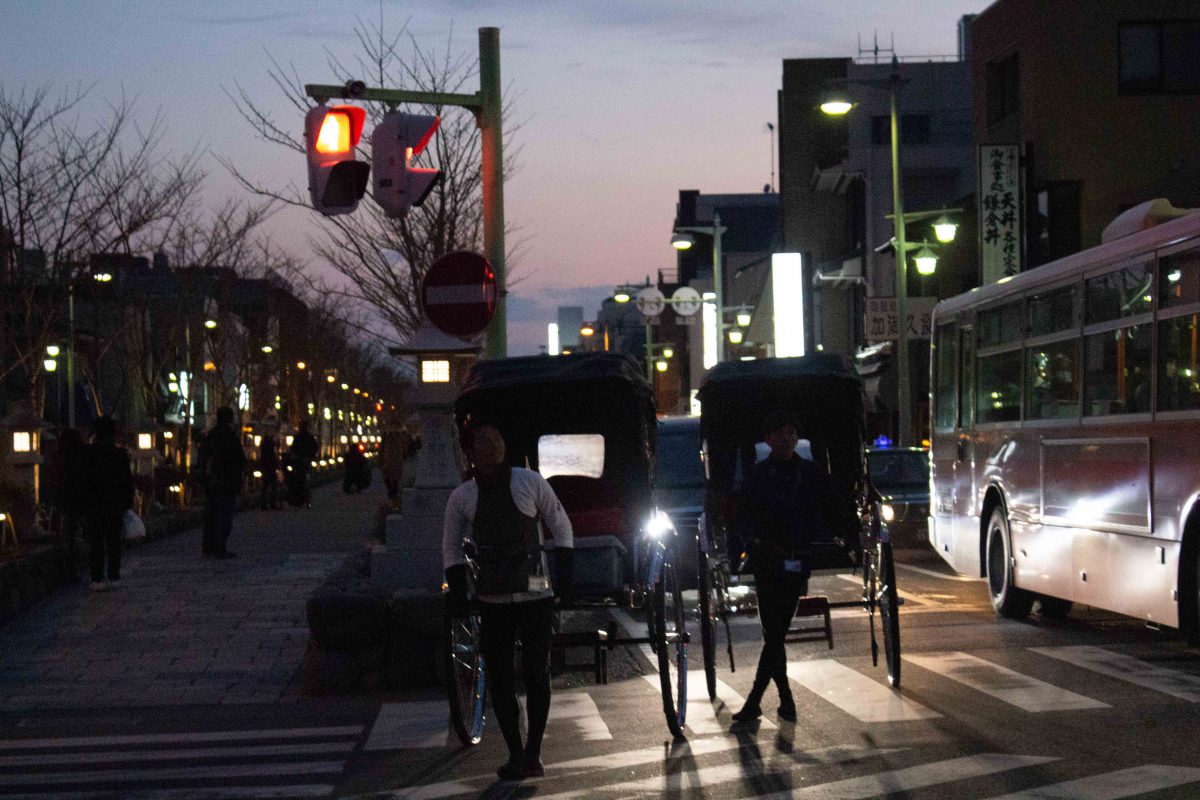
When you visit a place for the first time, you arrive with certain expectations. Kamakura was far off any I had. Before visiting, all I knew about the Kamakura city was from my Japanese history class. Kamakura was the seat of the shogunate of the same name, and the de-facto political capital of Japan. As such, I expected a city like Nara, another one of Japan’s ancient capitals, nearby Kyoto. I expected a few shrines and old vestiges, surrounded by nothing else. A city where I could spend at most a couple hours to see everything before wanting to leave. I was wrong.
Kamakura is a brilliant, lively city, with the mythical marriage of old and modern so often used to describe Japan. It has the aforementioned shrines and old buildings you’d find in Nara, but once you’ve seen those, you don’t need to leave. There’s a vibrant food scene, a number of hip and trendy cafes, thrift shops, handmade goods, and cool bars with great brews on tap.
HISTORY OF KAMAKURA
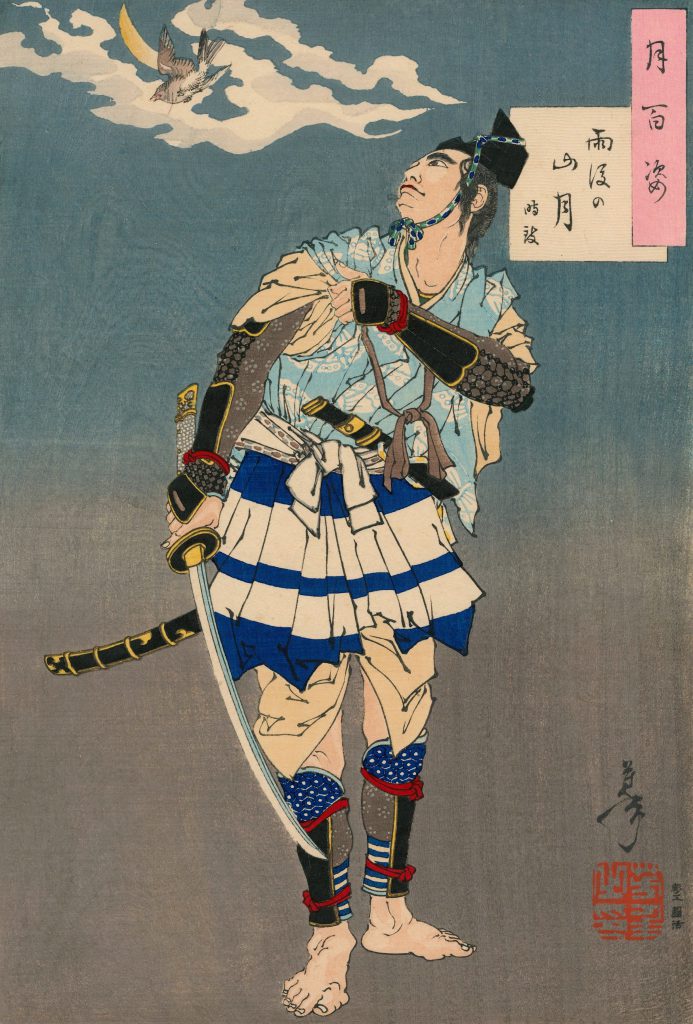
Unlike the other ancient capitals of Nara and Kyoto, Kamakura was the capital of the Shogunate, the military government. As such, its culture is very distinct from the two. Military commander Minamotono Yoritomo (=源頼朝) was appointed shogun by the imperial court in 1192 and established the Kamakura Bafuku, Japan’s first in a military government, shifting the power from the emperor to the samurai class.
During the Kamakura Bakufu, the ruling clan traded extensively with China, which resulted in Buddha statues being erected and in the many Zen architectural vestiges which can still be seen today in Kamakura. By the end of the Bakufu in 1333, much of Chinese culture and know-how were blended with the culture that flourished in Kamakura. This is one of the major bases for the many Chinese influences on Japan over its history. As such, today, Kamakura is a major destination for Japan’s history lovers. Unfortunately, not nearly enough foreign visitors to Japan think of visiting the city.
The Kamakura Bafuku is dated to have ended in 1333, after the siege of Kamakura. Japan’s history, especially after the rise of the samurai class, was a constant struggle and fight for power between the emperor, and the samurai. The Kamakura Bafuku was the first instance at which the emperor was no longer the ruler and the samurai held power. During the Kamakura period, Japan had been invaded twice by Kublai Khan’s mongol forces. While by luck, each time Japan’s much weaker military force was saved by typhoons. These typhoons were named kamikaze (divine wind), which were believed to be a divine action. While the kamikaze meant Japan was saved, the Kamakura administration was greatly weakened by the military expenditure especially after the building of a defensive wall to prevent further invasions. Go-Daigo, who is considered one of Japan’s most important emperors, took this opportunity two decades later to take up arms against Kamakura and restored the power of the emperor.
KAMAKURA: LOCATION

Kamakura is a seaside city south of Tokyo in Kanagawa prefecture, halfway between Yokohama and Yokosuka (Where one of the U.S Navy bases is located). It’s a popular destination for beach goers, though we’ve often been told they aren’t the cleanest beaches (by Japanese standards). Yuigahama Beach, however is a very popular surfing spot.
ACCESS: TOKYO TO KAMAKURA
Getting to Kamakura from Tokyo is extremely simple, and decently cheap. Kamakura is on the JR Yokosuka Line, which links Tokyo Station to Yokosuka for ¥918 ($9) with an IC card (Suica, Pasmo, etc). Tokyo Station can be reached from almost anywhere in the greater Tokyo area with no more than a couple trains or by highway bus. From there, simply catch the JR Yokosuka Line, and you’ll reach Kanagawa in just about an hour.
KAMAKURA: SPECIALTIES
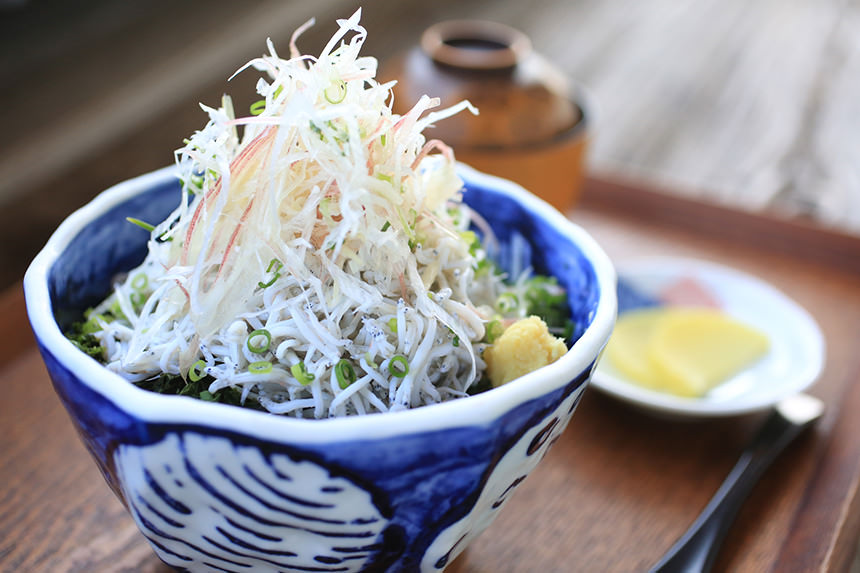
ana-cooljapan.com/

Being a seaside city, it’s no surprise the culinary specialty comes from the sea. Kamakura is known for its shirasu (=しらす), or whitebait in English. Shirasu is essentially the Japanese name for immature fry of fish, which can be either herring, sardine, or anchovy. They are boiled and can be topped on white rice (shirasu-don; しらす丼), or paired with tofu.
KAMAKURA SHIRTS
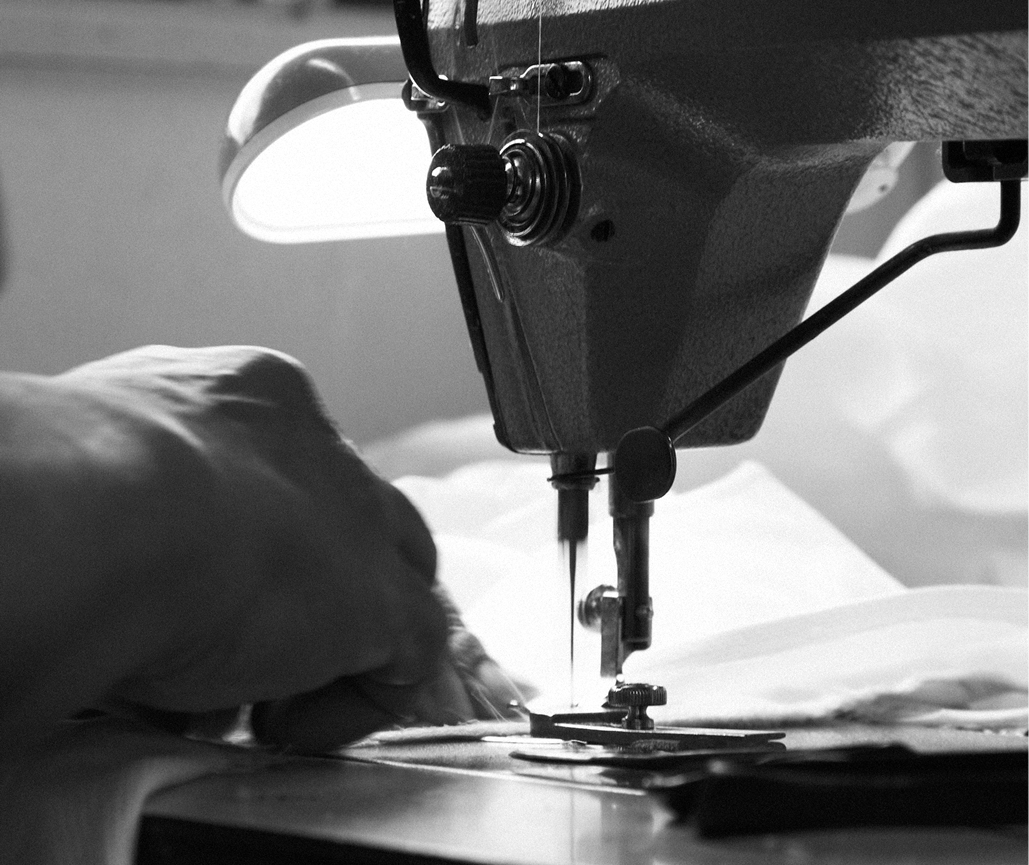
Kamakura Shirts is a brand based in Kamakura which makes high quality, 100% cotton button ups and dress shirts, in the American Ivy League style. They make high thread count shirts which are all hand tailored and very affordable. They also sell internationally and offer free delivery on all orders over $138.
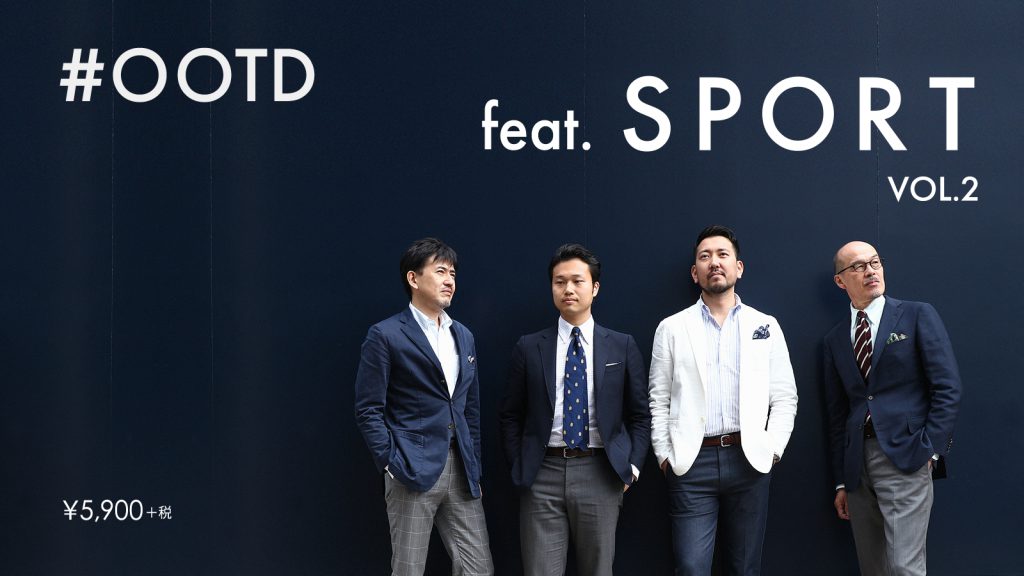
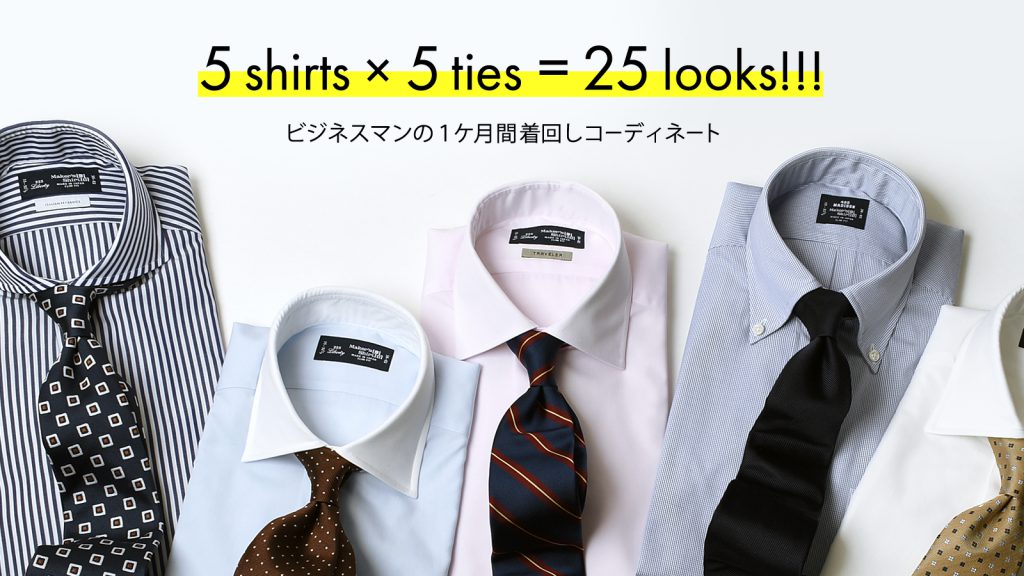
WHAT MAKES KAMAKURA POPULAR
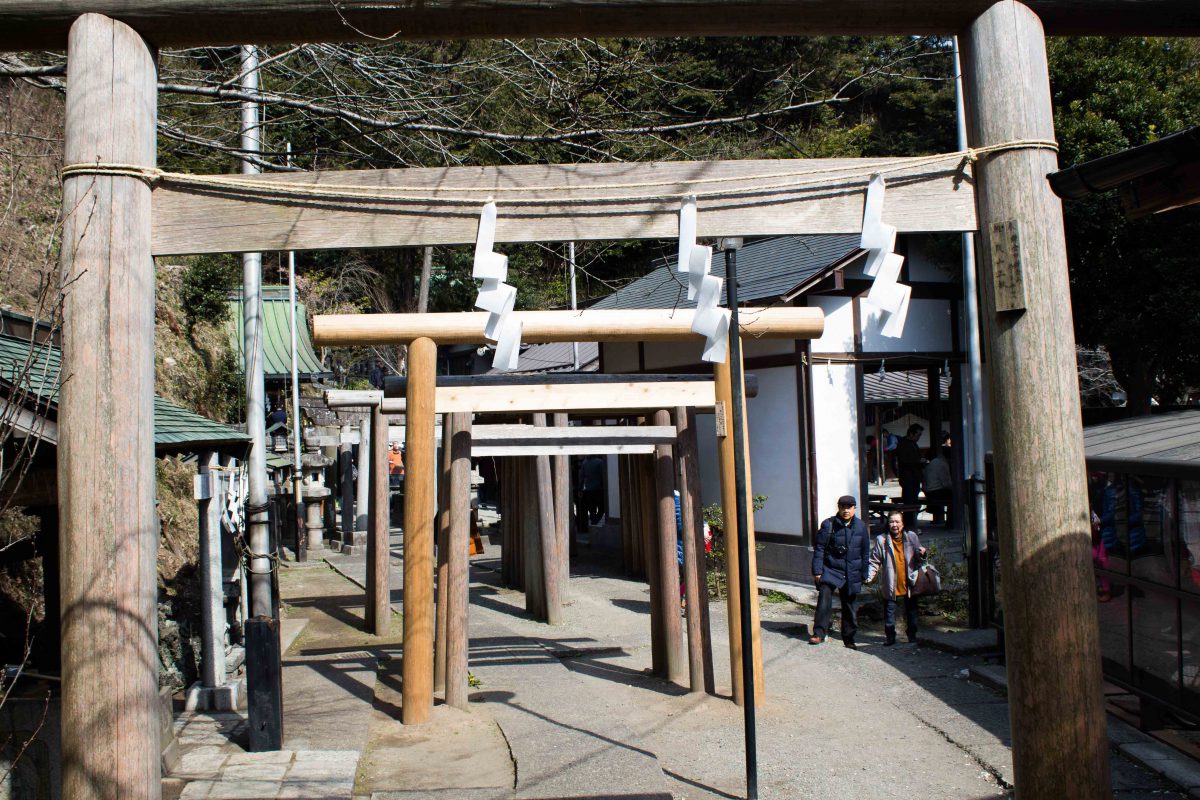
Going to Kamakura is something the Japanese advertise with pride because it makes them feel cultured and classy in a way. Not that it’s expensive, but it’s not a place you’d associate with banal, everyday activities. It’s filled with culture and “grown up” places. It’s a popular hangout for older people and couples as well. Especially in summer when the sea breeze and the abundance of trees make the heat more bearable.
There’s a lot to see, in fact, maybe too much to see. You’d struggle to decide what to see, especially if you’re on a day trip and do not want to end up dead tired at the end of the day. The great thing, though, is that the touristic spots are not all there is to Kamakura. Once you’ve seen the historical sights, you can head into the city center which seems like a mixture of Shimokitazawa and Daikanyama, two of Tokyo’s trendy neighborhoods.
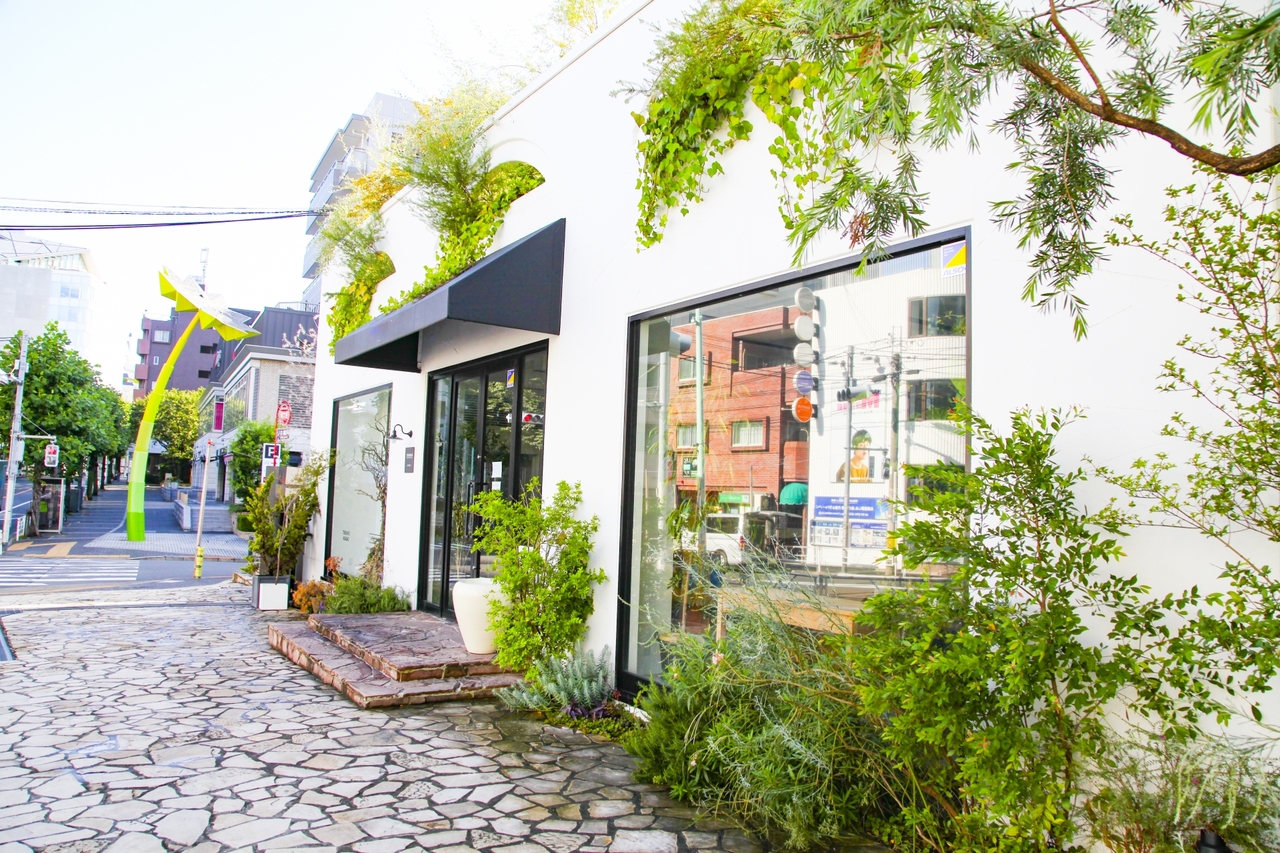
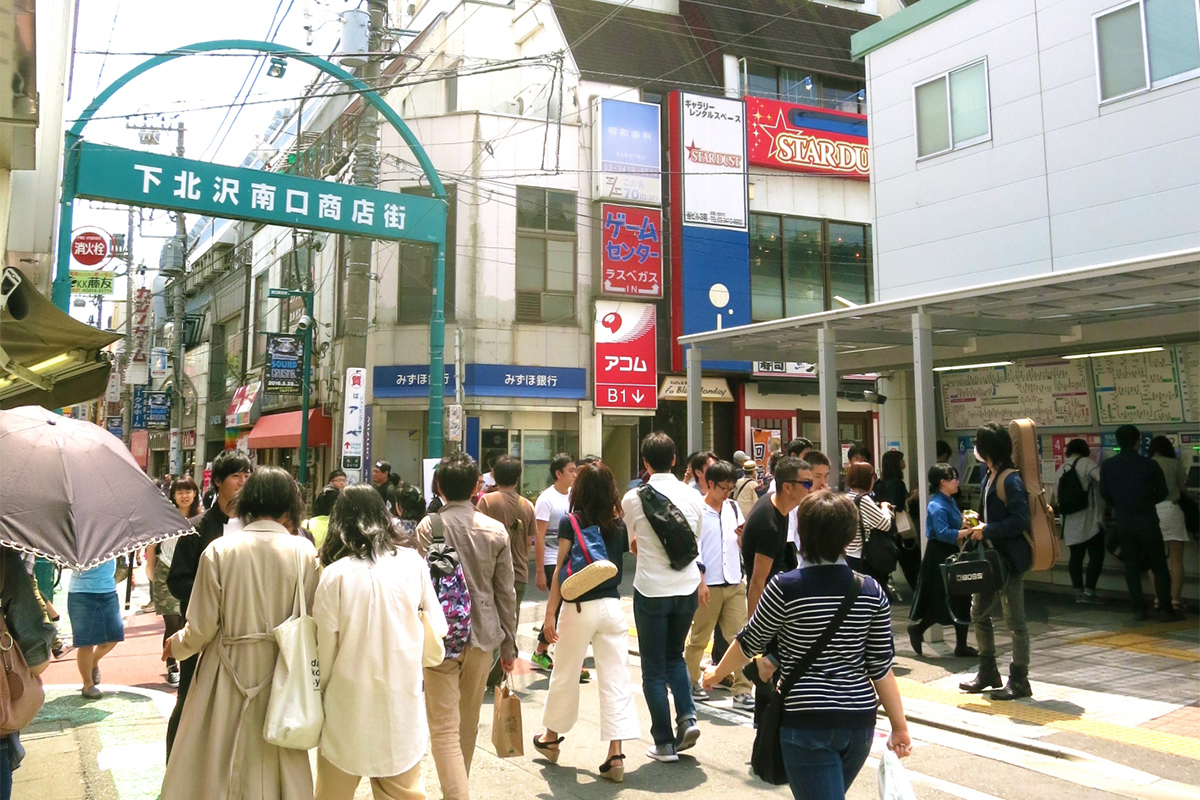
Finally, it’s a great destination for souvenirs and shopping. Instead of getting tacky, poor quality items meant to trick tourists out of their money, get well made crafted goods from Kamakura.
KAMAKURA GUIDE: FAMOUS TOURISTIC SPOTS

Its old status as one of Japan’s old capitals, as well as its role in samurai history and Sino-Japanese trade means Kamakura has a lot to see. Here we’ll try to guide you through the famous touristic spots you can find in Kamakura. Some of these places are really hard to get to by following Google Maps. More than once did we end up in people’s backyards because Maps took us there inaccurately. Make sure to pick up a map from the tourist office, and use it to find your way.
In addition. this is a very mountainous area. Many of the temples are on higher ground, and you’ll have to go up weird sets of stairs and hike your way up places. It’s not a bad idea to come with a few bandaids. You can get them for cheap at any 100 yen store, like Daiso.
Goshuin: In many (maybe all) the temples and shrines in Kamakura you can purchase a notebook and have it filled with calligraphy called goshuin (=御朱印) at each place you visit. Each of the place will have a calligrapher who will fill a page by hand. It costs about ¥300 ($3) at each temple, and will generally take 10 minutes or so for the artist to finish. You do not have to buy the notebook itself, but it’s a nice gift for someone. Mona for example gave the one she bought and had filled to her grandma.
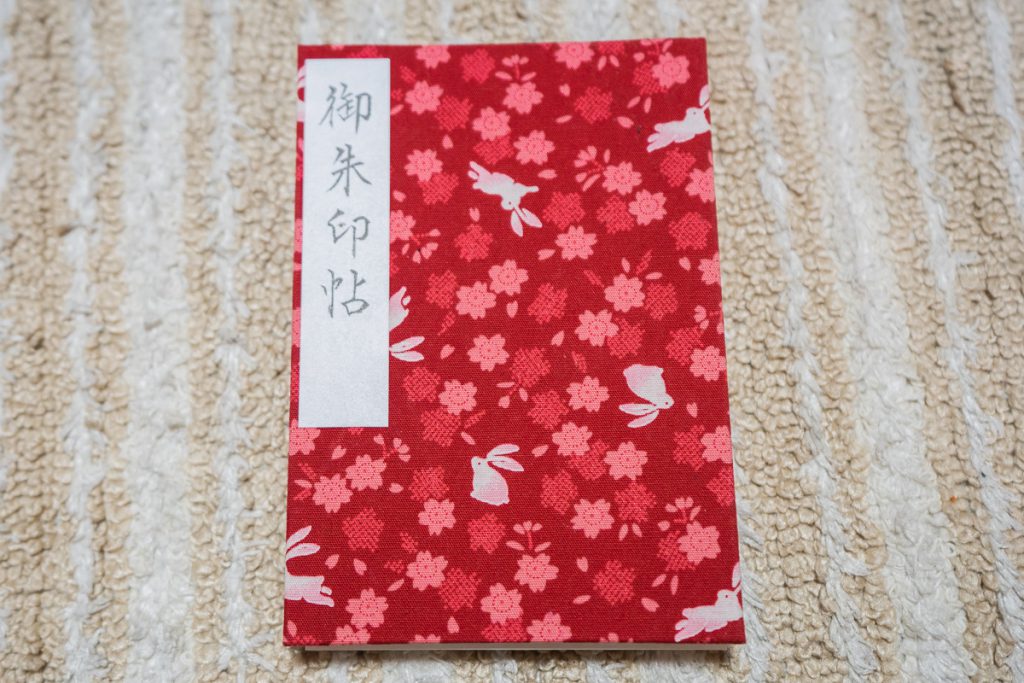

KAMAKURA’S GREAT BUDDHA

This bronze statue of Amida is housed in Kotokuin, a Buddhist temple (=鎌倉大仏殿高徳院). The current Buddha dates from year 1252 and is designated as a national treasure of Japan. It was originally placed within a Buddha den, which has since been destroyed by an accumulation of earthquakes and tsunamis that have Kamakura over the years, which is why it is currently an outdoor Buddha.
The most interesting part of the Buddha is actually going inside the statue. For only ¥20 you’re allowed to go and have a look at the statue from the inside. It’s interesting to see how the statue was actually made. There’s not much to actually see inside, but for ¥20, why not?
Right in front of the Buddha you can find a small shop with Japanese confectioneries and souvenirs.
April – September: 8:00 – 17:30, October – March: 8:00 – 17:00 Admission to the interior of the Buddha: 8:00 – 16:30. Open Everyday.
Hase (Enoshima Electric Railway) 10 min walk, or take the bus no. 1 or 6 bound for “Daibutsu-mae” from the JR Kamakura Station.
¥200- ($2) for adults (older than middle school students), ¥150 ($1.40) for elementary school students. ¥20 ($0.20) to enter the Buddha. Free for visitors with disabilities (disability identification card required), and for elderly citizens (senior citizen identification card required).
TSURUGAOKA HACHIMAN-GU SHRINE
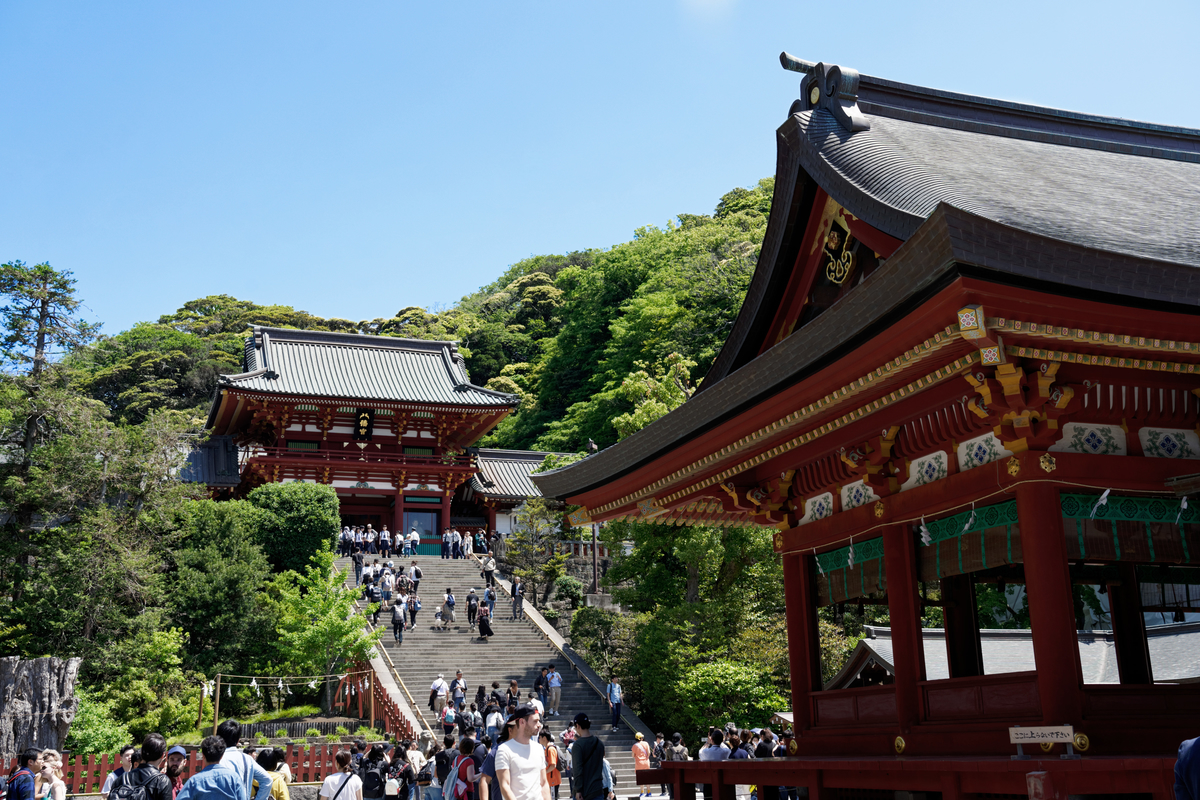
While Kamakura is predominantly Buddhist, Tsurugaoka Hachiman-gu (=鶴岡八幡宮) is one of the rare Shinto shrines, and the largest of the bunch. It was built by none other than Minamotono Yoritomo, founder of the Kamakura Shogunate. This shrine attracts about a million visitors on New Year’s Day who are there to see the first sunrise of the year. It’s also famous for the Ritual Dance Stage which takes place there during the Kamakura Festival in April.
Tsurugaoka Hachiman-gu is also famous for its now dead 1000-year-old ginkgo tree. Although probably not historically accurate, legend has it, Kugyo, nephew to the shogun at the time, Minamotono Sanetomo, hid behind the tree, waiting for his uncle to make his way down the staircase nearby, to rush and murder his uncle in hopes of becoming shogun himself. Checkout the shrine’s website for more information.
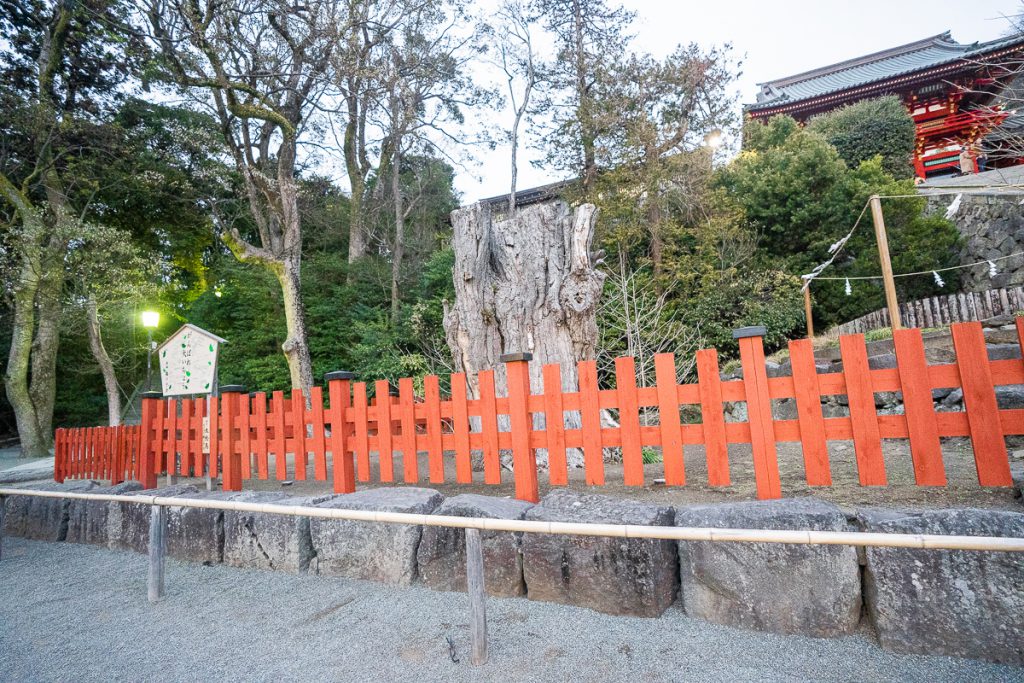

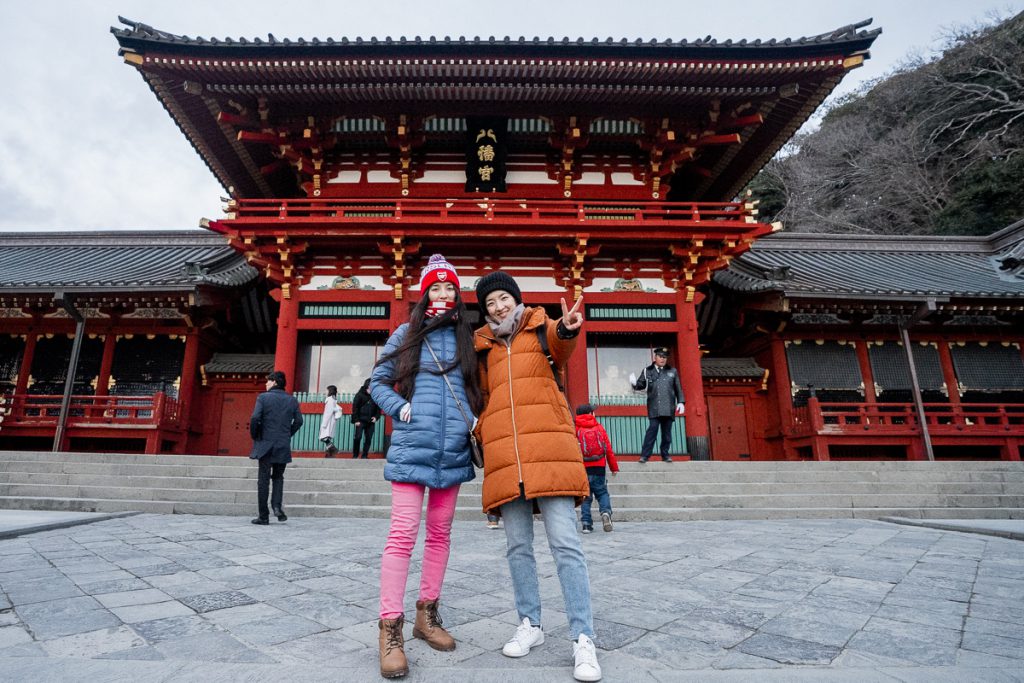
The treasure house: 08:30 a.m.~04.00 p.m. (closed on September 15 for changing exhibition). Open Everyday.
JR Kamamura Sation (Yokosuka Line)
¥200 ($2) for adults (older than middle school students), ¥100 ($1) for elementary school students.
ZENIARAI BENZAITEN SHRINE
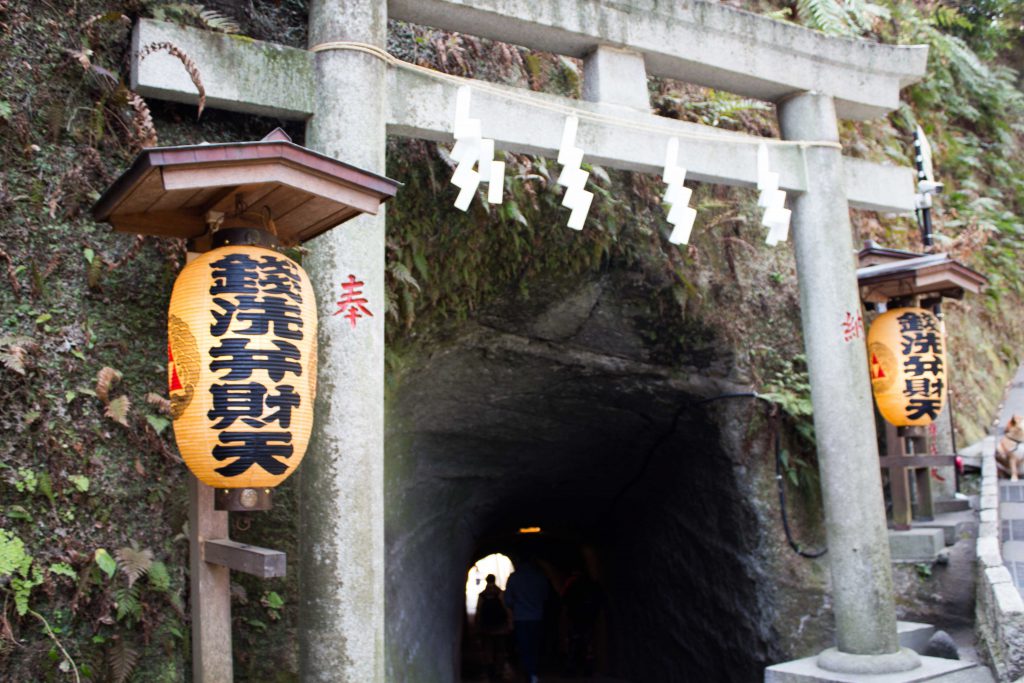
Legend has it, Minamotono Yoritomo ordered the shrine’s construction after receiving a divine sign on the day of the white snake. The white snake is considered a sign of vitality, because of snakes’ ability to survive long times without food, medicine, because of their ability to shed their skin and rejuvenate, and of fortune. It’s dedicated to the deity Benzaiten. Down the line after its construction, Hojo Tokiyuri, the fifth regent of the Kamakura Shogunate washed his money there and prayed for his family’s prosperity. To this day, many travel there to do the same, especially during the day of the white snake. So much so that the shrine is named as Zeniarai Benzaiten Shraine (=銭洗弁財天宇賀福神社) after the practice (zeni = money, arai = washed). One you’ve washed your money, it is supposed to be kept, and not spent, almost as a charm to earn more down the line.
8:00 – 16:30. Open Everyday.
JR Kamamura Sation (Yokosuka Line). 20 min walk
Offering
SASUKE INARI SHRINE
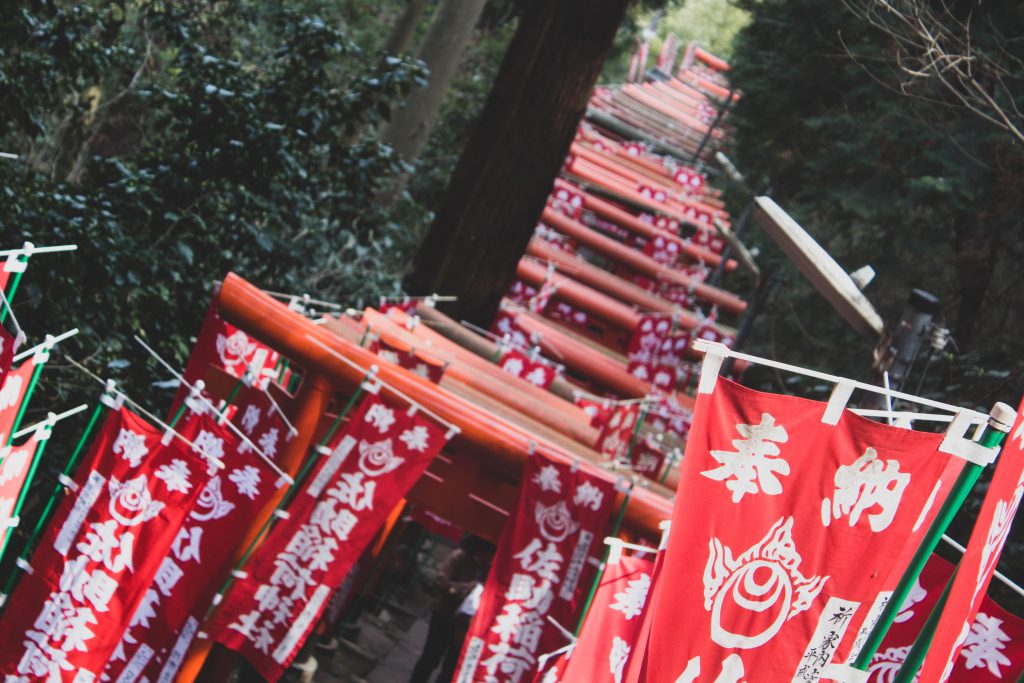
Located near the Zeniarai Benzaiten Shrine is the Sasuke Inari Shrine (=佐助稲荷神社). This shrine was build adjacent to the hidden village of Kamakura, as gratitude for someone from the village who visited him in a dream before he was shogun and instructed him on when to battle his enemies. Today, this makes the Sasuke Inari Shrine a destination for those who want to pray for a good fortune in their careers.
The hidden village was according to tradition, a remote and hard to access dwelling for ninja at the time, as were other hidden villages. It’s a bit hard access, obviously, but it’s extremely picturesque, with multiple, aligned torii gates, and small fox statues scattered everywhere around miniature shrines within the shrine.
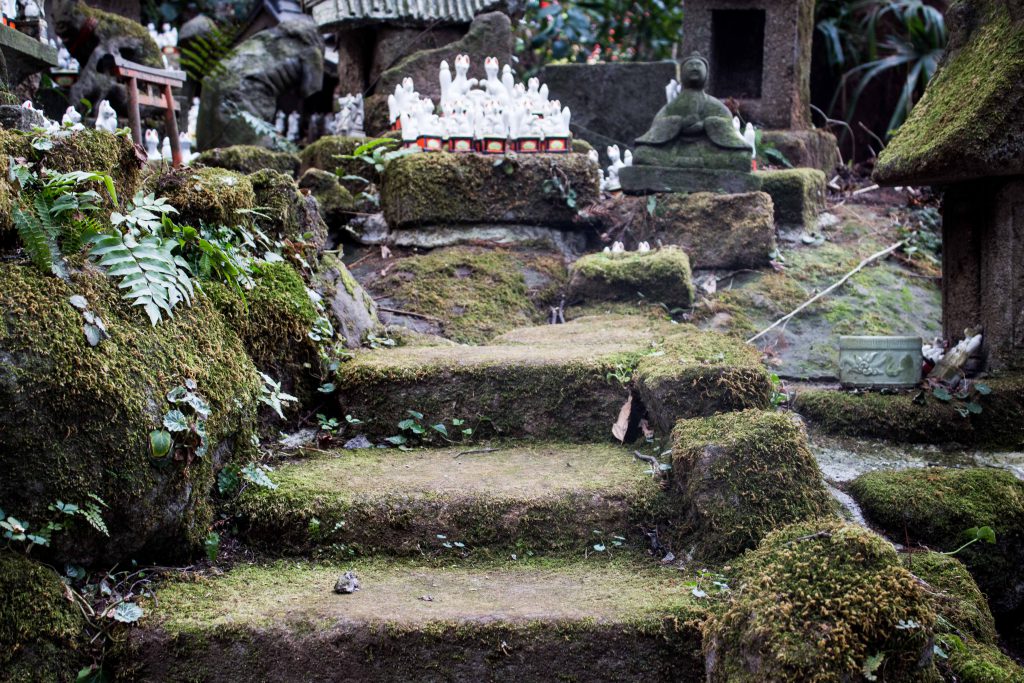
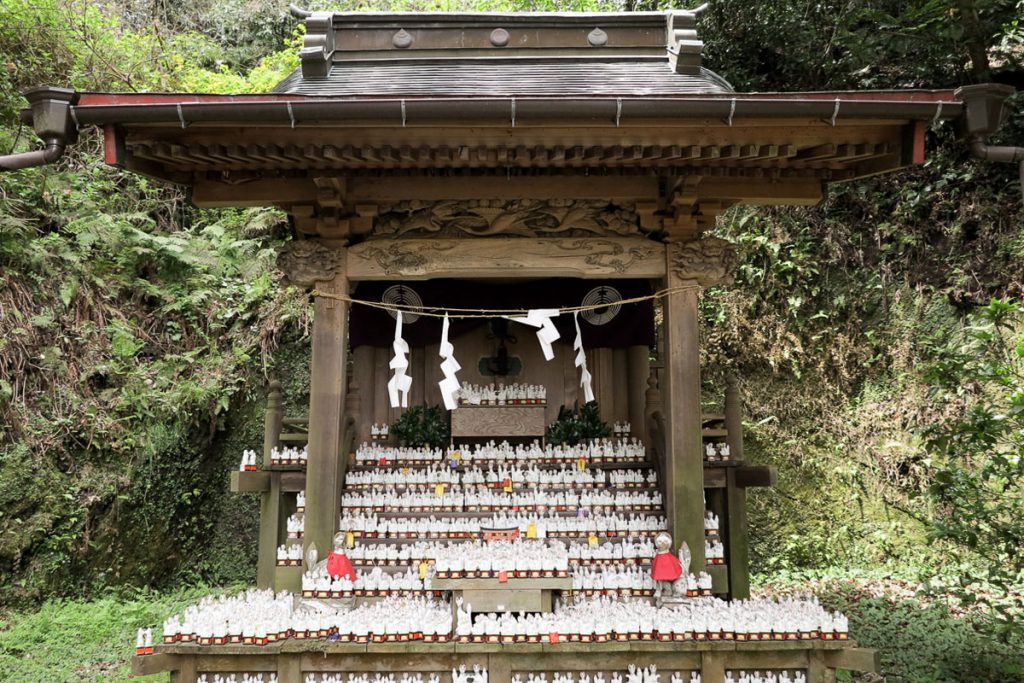
8:00 – 17:00 in June, 8:00 – 16:00 the rest of the year. Open Everyday.
JR Kamamura Sation (Yokosuka Line). 20 min walk
Offering
MEIGETSUIN TEMPLE
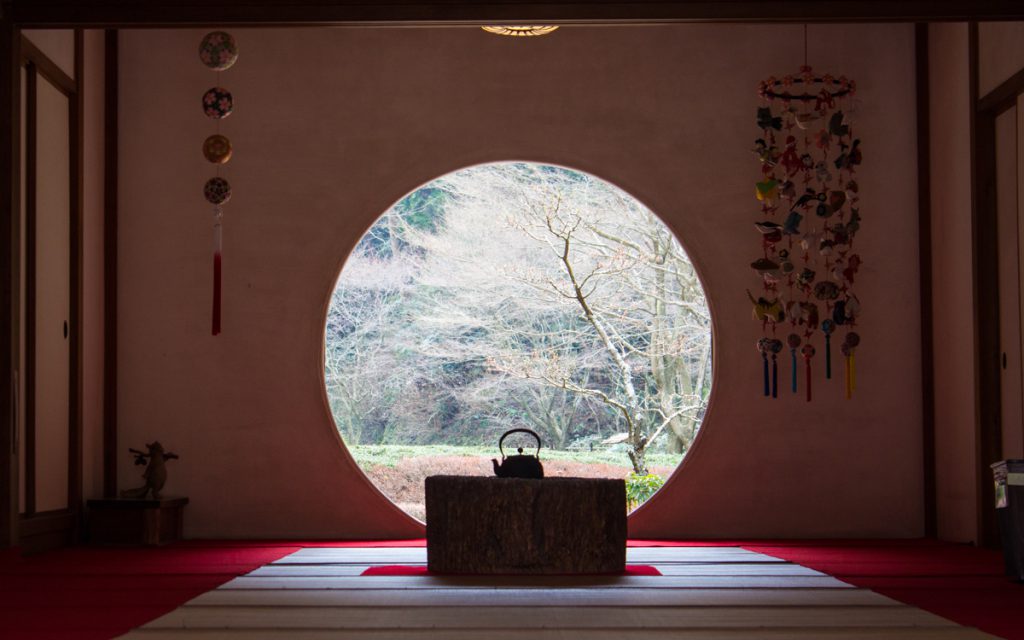
Meigetsuin (=明月院) temple is another of the Zen temples of Kamakura. It was part of a larger temple, but now stands on its own. The best time to visit the temple is from late spring, when the thousands of hydrangea flowers are blooming, which is an impressive sight.
In addition, it is home to one of the Ten Wells of Kamakura, and tomb caves. Meigetsuin is mostly visited by people who are there to see the tea room with the circular hole in the wall, making it look like a moon (picture on the left). The temple’s name, in Japanese is actually a combination of the words “light” (mei), “moon” (getsu), and temple (in), making the temple of moonlight. In Japanese folklore, it was believed rabbits live on the moon, and as such, the temple has a lot of rabbit related things for sale, as well as live rabbits.
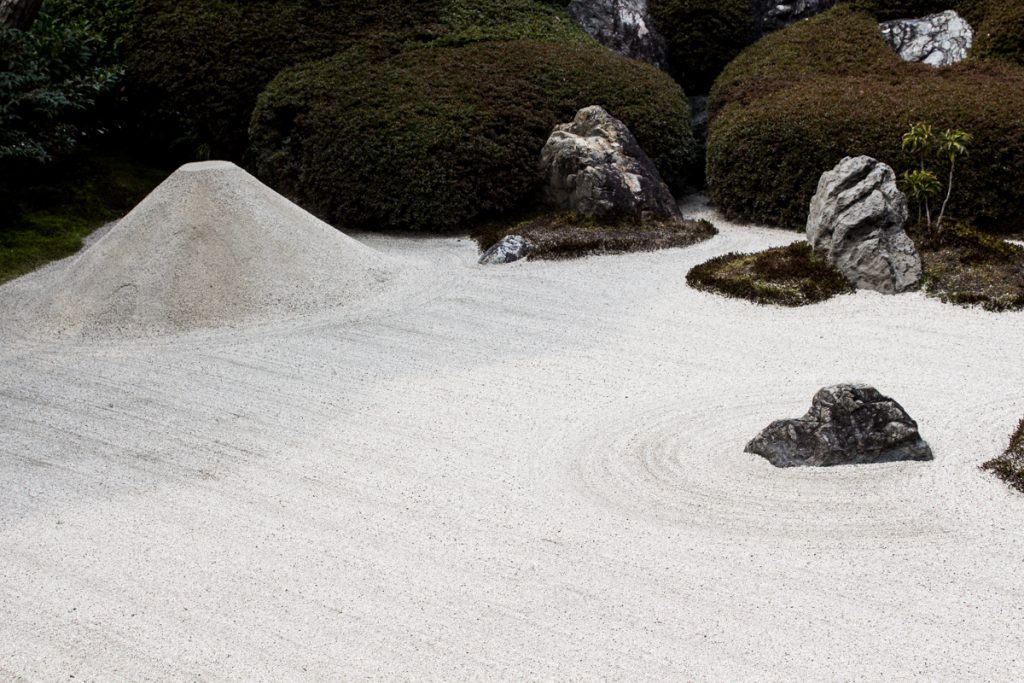
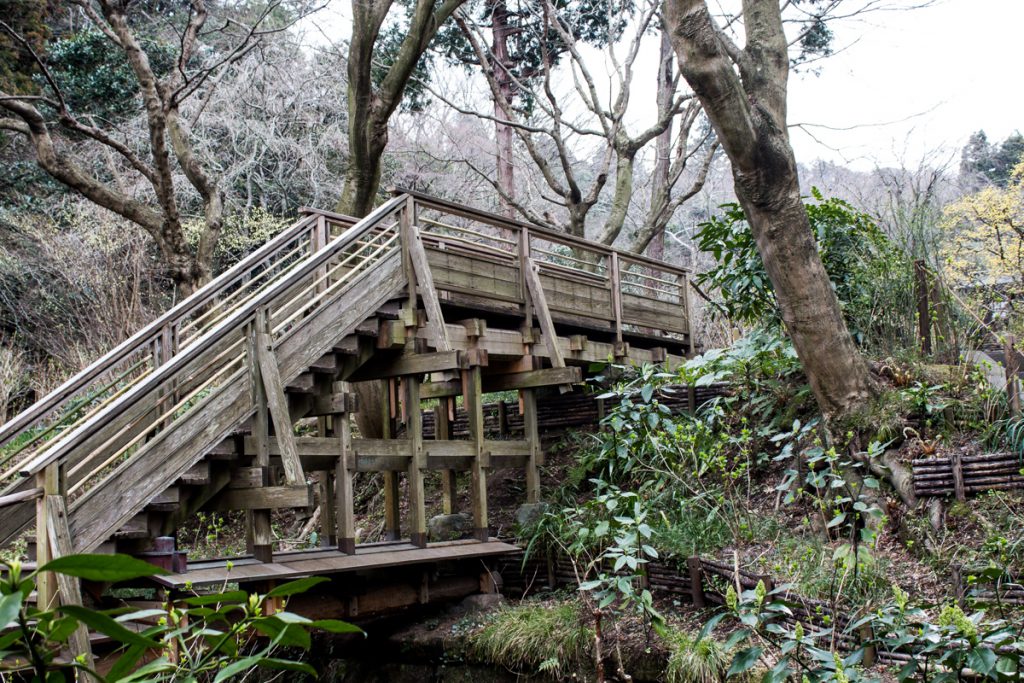
8:00 – 16:00. Open Everyday.
JR Kita-Kamamura Sation (Yokosuka Line, Shonan Shinjuku Station). 10 min walk
¥300 ($3)
TOKEIJI TEMPLE
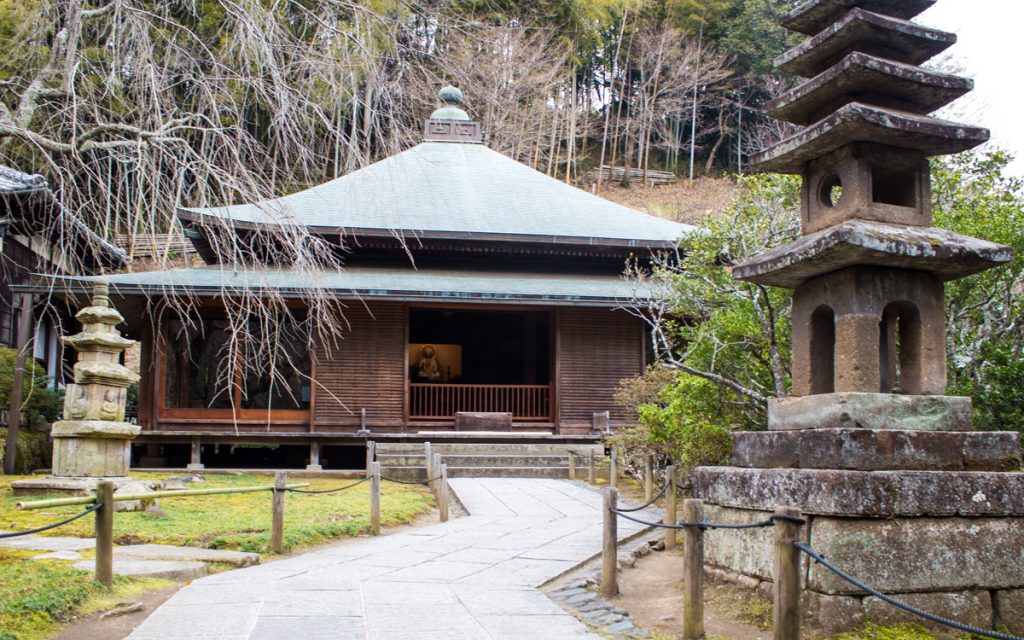
Tokeiji temple (=東慶寺) has one of the most interesting stories of any temple I’ve seen. It was built by Kakuzan Shidoni during a period when women were not allowed to divorce their husbands without the husband providing a divorce letter. The temple welcomed women who wished to divorce their husbands without that letter. They would go to Tokeiji in asylum to get away from their husbands.
Today, women who wish to separate from their partners often go there beforehand. If you’re one of them, or if you find yourself near the temple, go ahead and give it a visit. But it’s not somewhere you absolutaly must see.
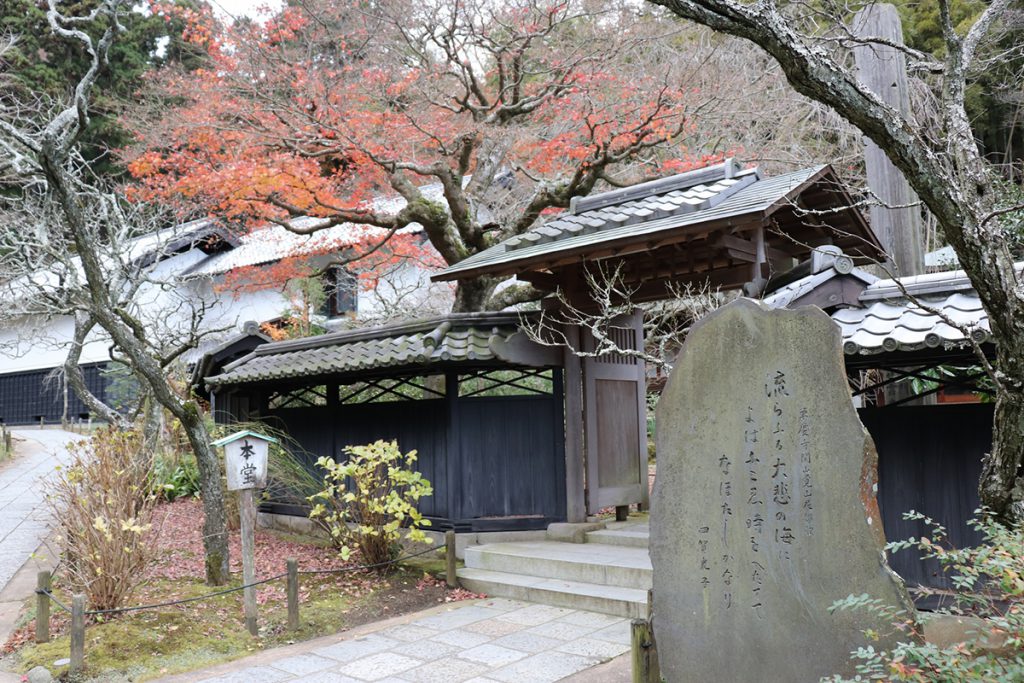
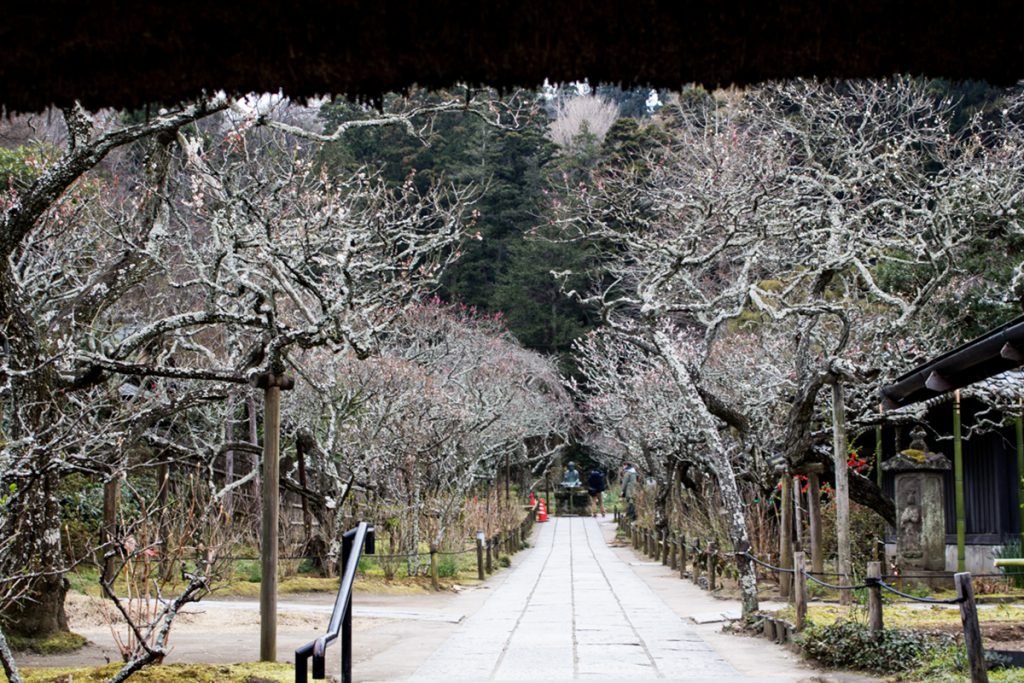
8:30 – 17:00. Open Everyday.
JR Kita-Kamamura Sation (Yokosuka Line, Shonan Shinjuku Station). 3 min walk
¥200 ($2), ¥100($1) for elementary school students.
KENCHOJI TEMPLE

Kenchoji temple (=建長寺) was built in 1253 by a Chinese Zen priest, making the oldest large-scale Zen training monastery in Japan. The architecture is done to resemble Chinese Zen-style monasteries of the time where the gates, the Buddha-den, the lecture hall, and main hall, are all in a straight line. The bell, the Buddha, the garden, and pretty much everything within Kenchoji is designated as national treasures.
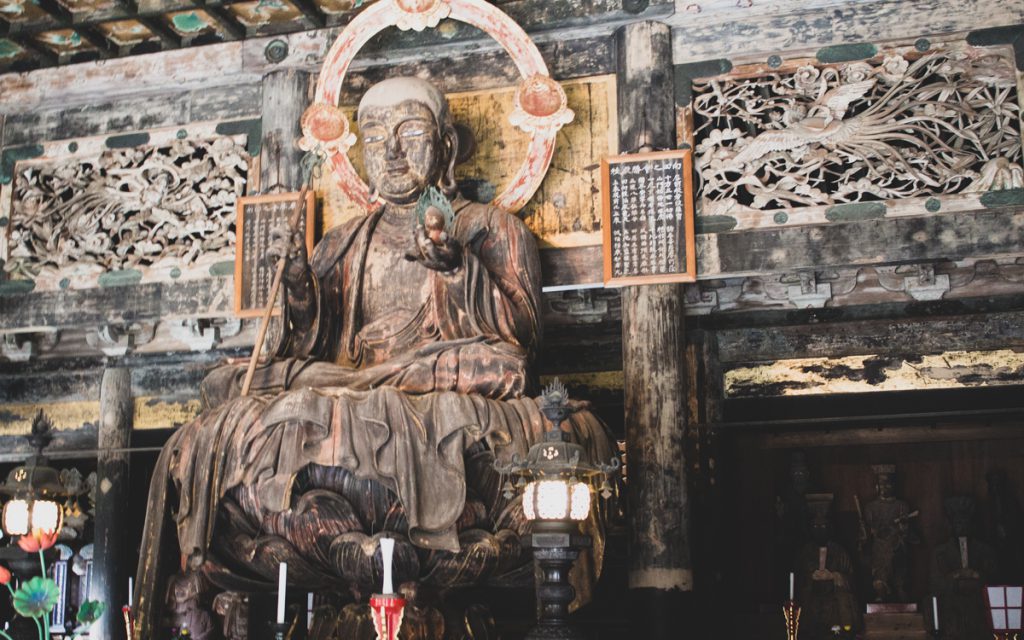
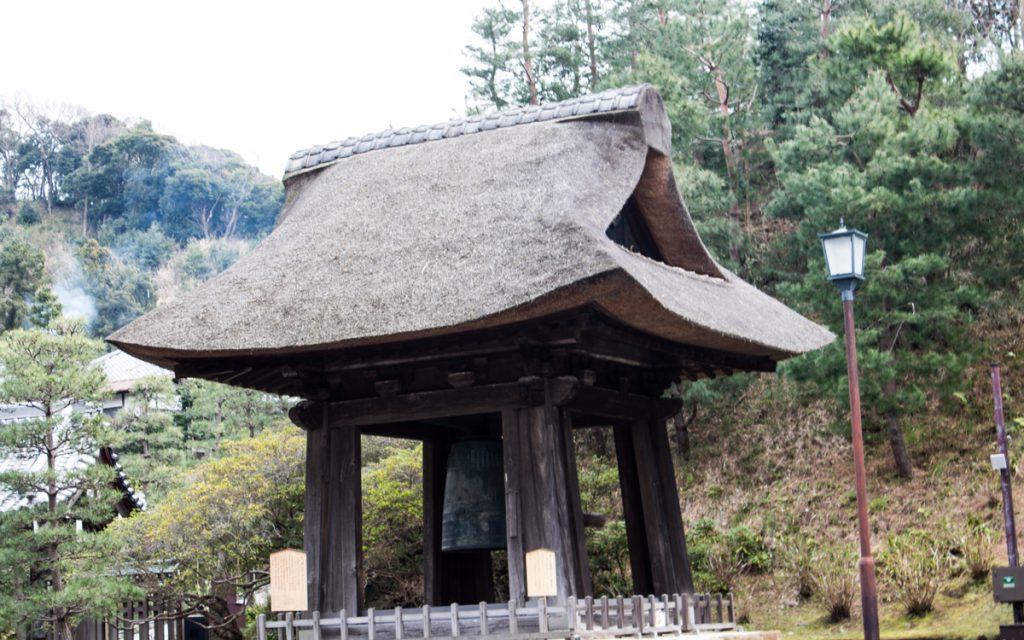
8:30 – 16:30. Open Everyday.
JR Kita-Kamamura Sation (Yokosuka Line, Shonan Shinjuku Station). 20 min walk
¥300 ($3), ¥100 ($1) for elementary school students.
SUGIMOTODERA TEMPLE
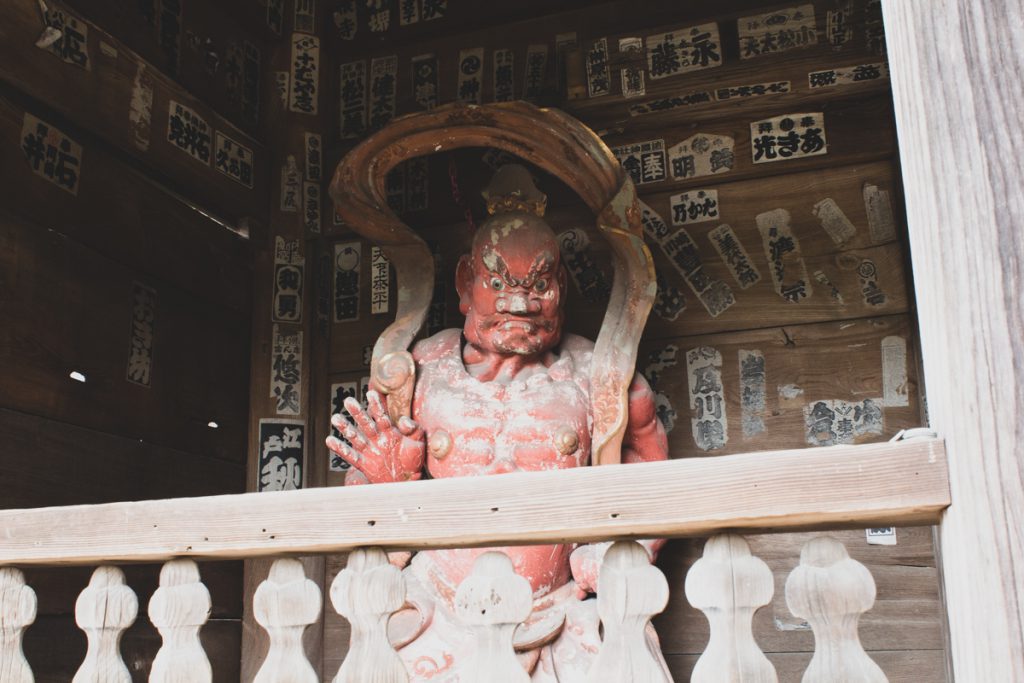
Sugimotodera temple (=杉本寺) is said to be the oldest temple in Kamakura. It was built sometime around the 8th century, during the Nara Period, 500 years before Kamakura rose to prominence. The temple’s objects of worship are the three statues of Kannon, the 11-faced Goddess of Mercy. The temple’s festival is on August 10, so if you’re in the area, give it a visit that day. Getting to this temple is really hard, as there is a significantly high set of stairs, which are ancient and covered in moss. If you have mobility issues, you might not be able to make it.
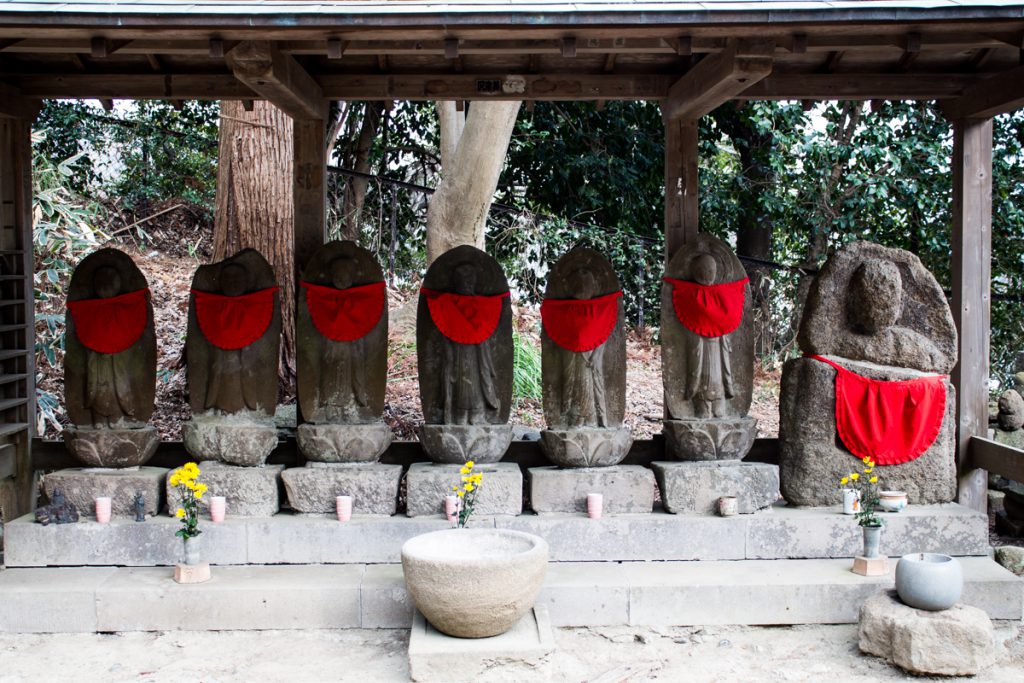
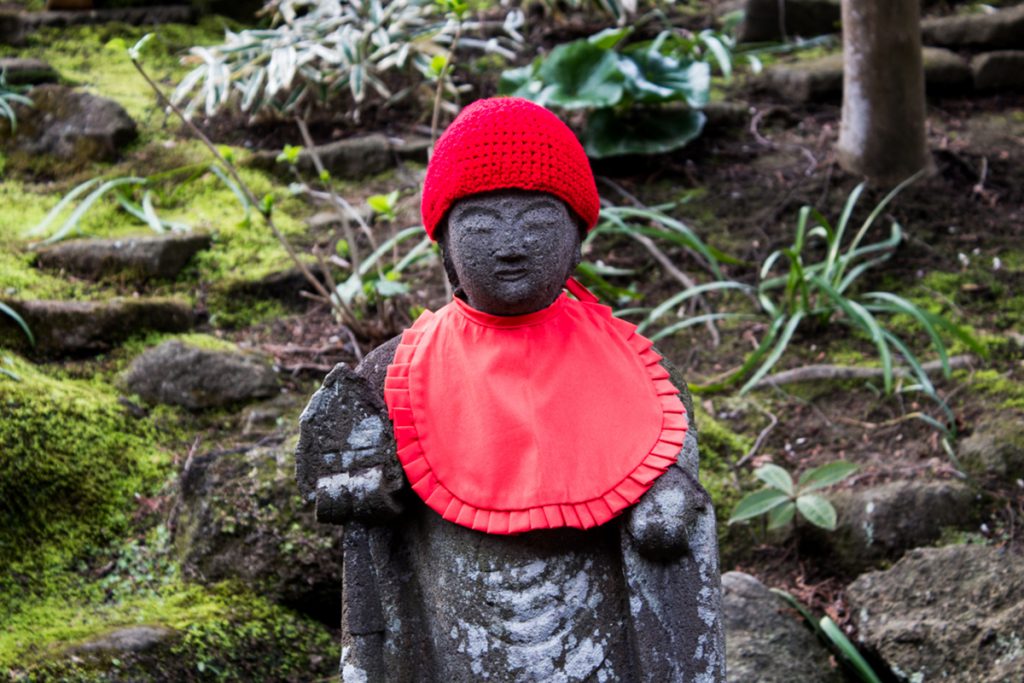
8:00 – 16:30. Open Everyday.
From JR Kamakura Sation (Yokosuka Line, Shonan Shinjuku Station): Take a bus from terminal no. 5 headed for Hachimangu-Shimyoji. Get off at Sugimoto-Kannon and walk 1 minute.
¥200($2), ¥100 ($1) for elementary school students.
HOUKOKUJI TEMPLE
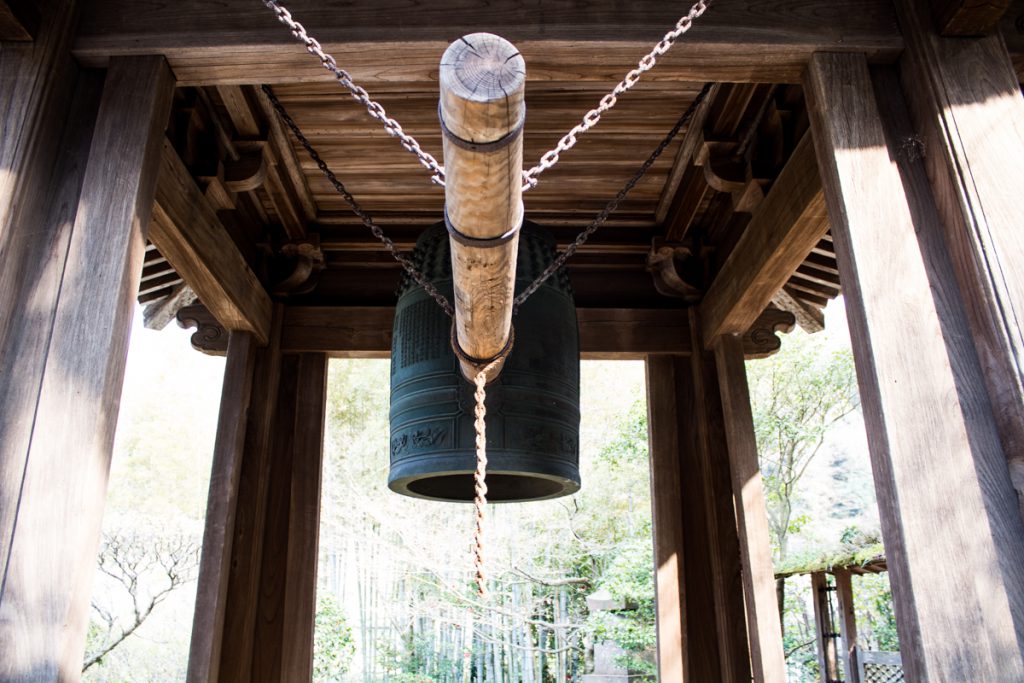
Houkokuji temple (=報国寺) is said to have been built in 1334. It is known for the burial site of Ashikaga Ietoki and Yoshihasa, two members of a prominent samurai family of the time. In addition, Hokokuji is the site of a moso bamboo forest right behind the temple grounds. They serve traditionally made matcha tea, which you can have for ¥500 ($5)
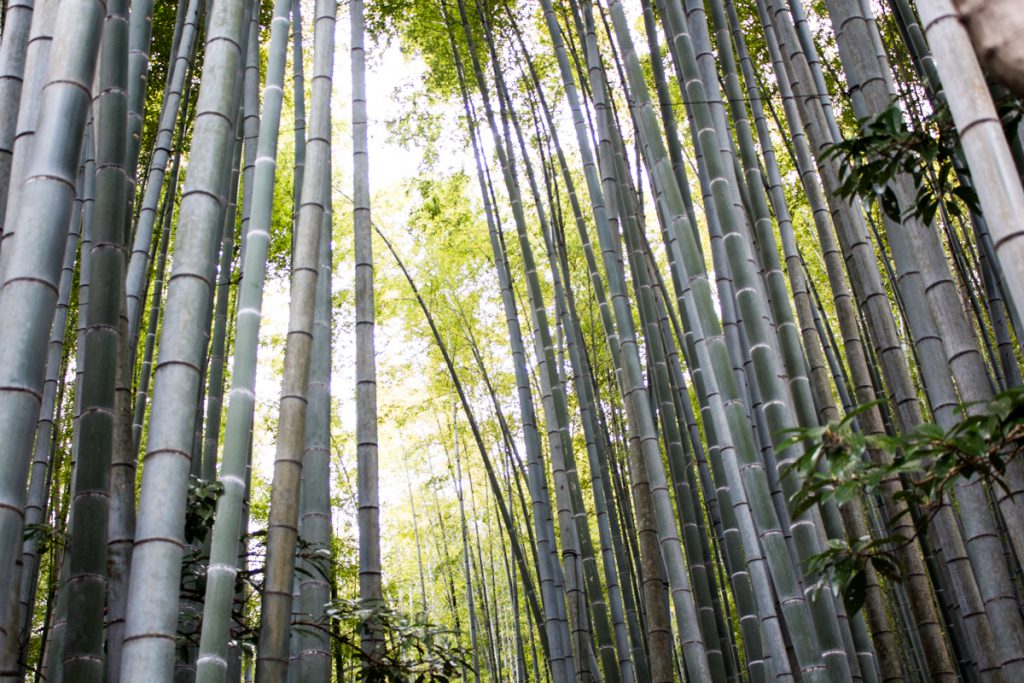
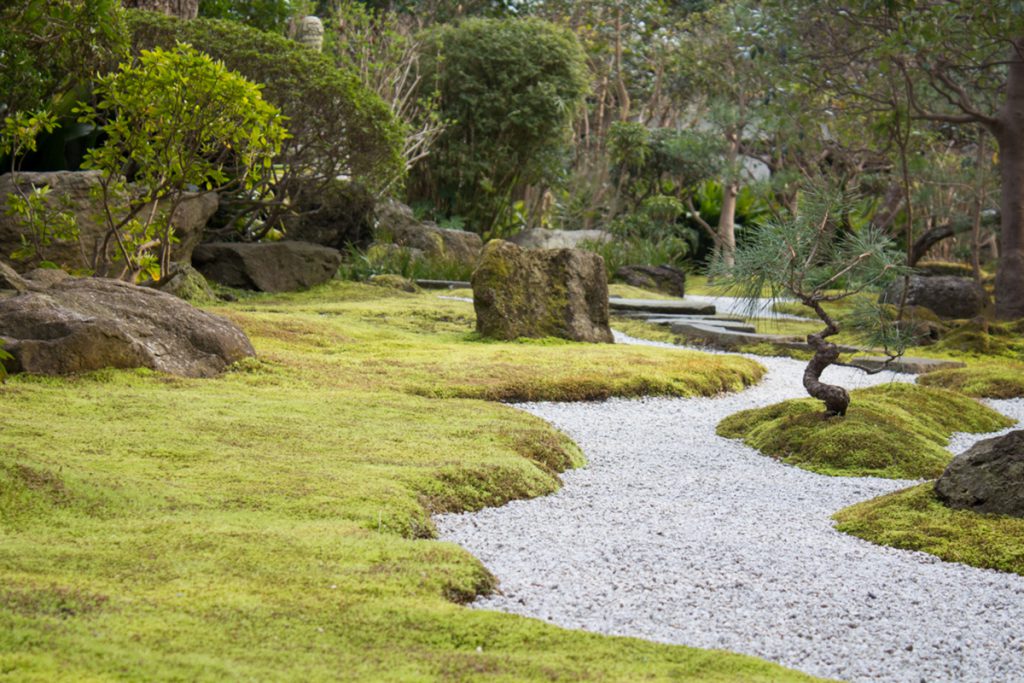
9:00 – 16:00 (closed from 12/29 – 1/3)
From JR Kamakura Sation (Yokosuka Line, Shonan Shinjuku Station): Take a bus from terminal no. 5 headed for Jomyoji. Two min walk from Jomyoji stop.
Offering. ¥200 ($2) for the bamboo forest.
JOMYOJI TEMPLE

Jomyoji temple (=浄妙寺) is said to have been built in 1188. It’s famous for the massive roof over the main temple, as well as the grave tower behind the temple. The temple itself contained 23 other temples within its ground. Right behind the main building is Kamatari Inari Shrine, after which Kamakura potentially has gotten its name from. I’ve personally found this temple to be the least interesting, at least to take pictures in.
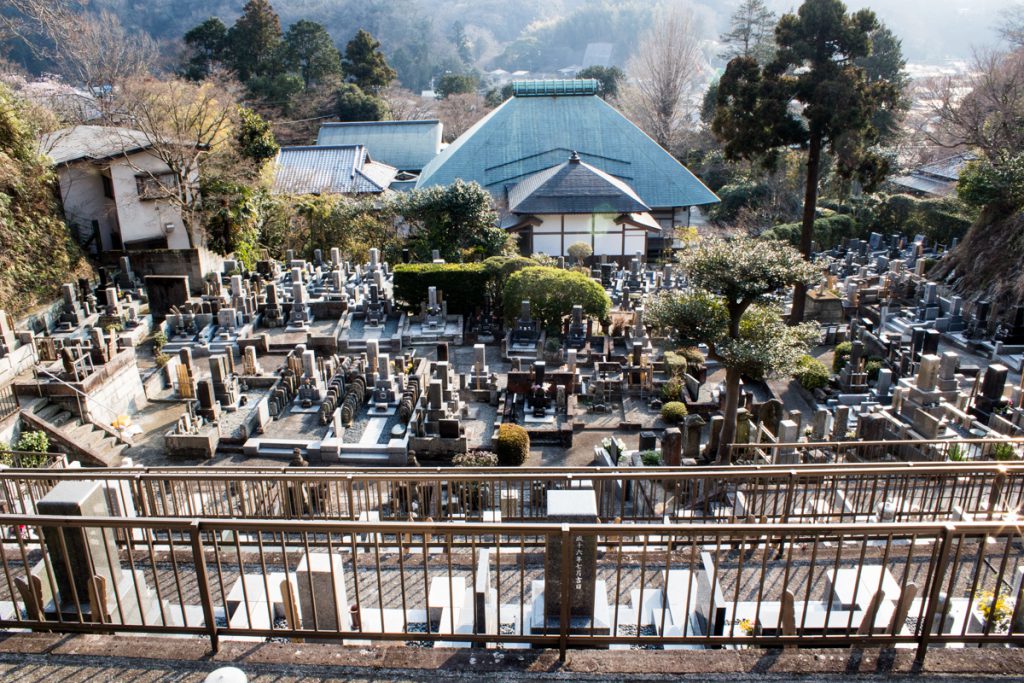
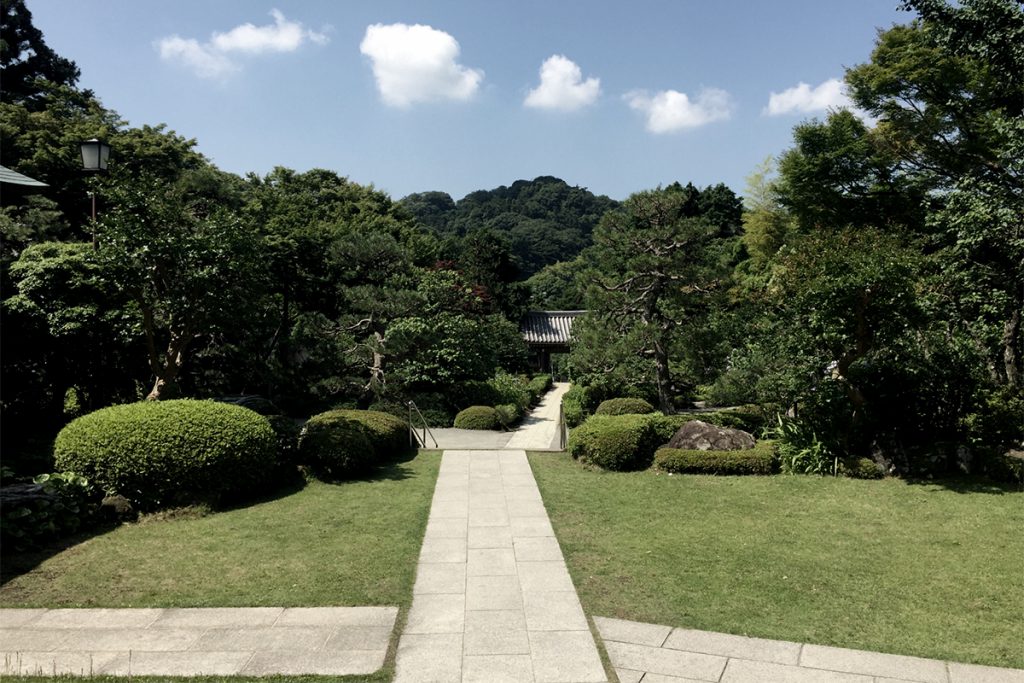
9:00 – 16:30.
From JR Kamakura Sation (Yokosuka Line, Shonan Shinjuku Station): Take a bus from terminal no. 5 headed for Jomyoji. One min walk from Jomyoji stop.
Offering. ¥100 ($1), ¥50 (half-dollar) for elementary school children.
KOMYOJI TEMPLE
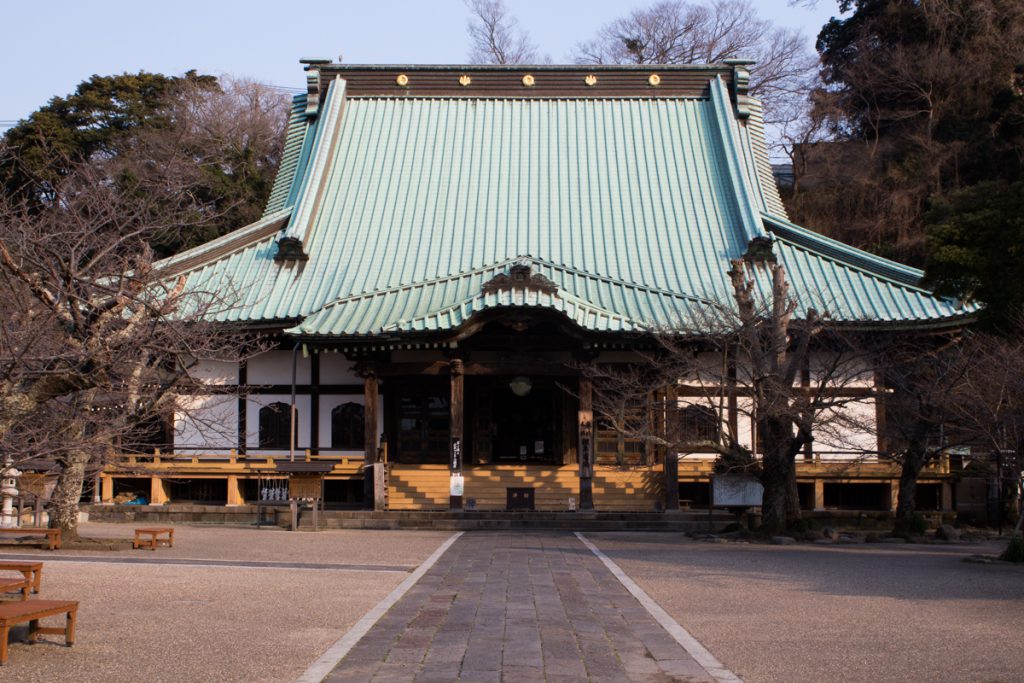
Komyoji temple (=光明寺) was ranked the number one Jodo Sect temple during the Edo era. Although its history starts in 1240, under a different name at a different location, the current one was built in 1698. The main gate was built as recently as 1847. The main hall is currently the largest Buddhist temple still standing in Kamakura.
6:00 – 17:00.
JR Kamakura Sation (Yokosuka Line, Shonan Shinjuku Station). 25 min walk.
Offering
THE SIX TEMPLES YOU SHOULD DEFINITELY SEE IN KAMAKURA
- The Great Buddha
- Tsurugaoka Hachiman-Gu
- Zeniarai Benzaiten
- Kanchoji
- Sugimotodera
- Hokokuji
If you’re really tight on time, are do not feel like seing more, try to at least see these. I’ve selected them because all together, they show Kamakura’s history and architecture through the centuries. How Kamakura was before the Bafuku, and post Bafuku, with all its Chinese influence.
WHAT TO DO IN KAMAKURA

Beyond all the old shrines and temples, there’s a lot of new in Kamakura. The city is not devoid of non sightseeing related activities. There’s a lot to eat, and do both during daytime and nighttime.
EATING AROUND AND CAFES
Kamakura has a surprising amount of trendy cafes, along with tons of Osaka-like food stalls lined up on the street. Make sure to take a stroll and grab food from those stalls. You’ll find everything from crepes, to ice cream, and Japanese snacks like rice crackers.

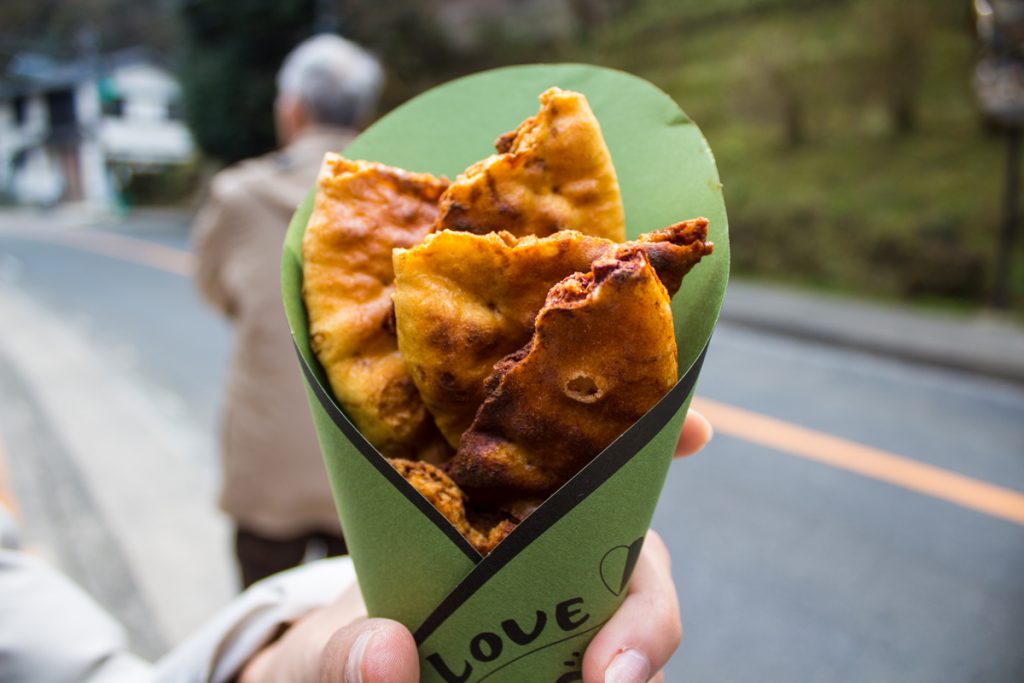
SHIRATAMAYA
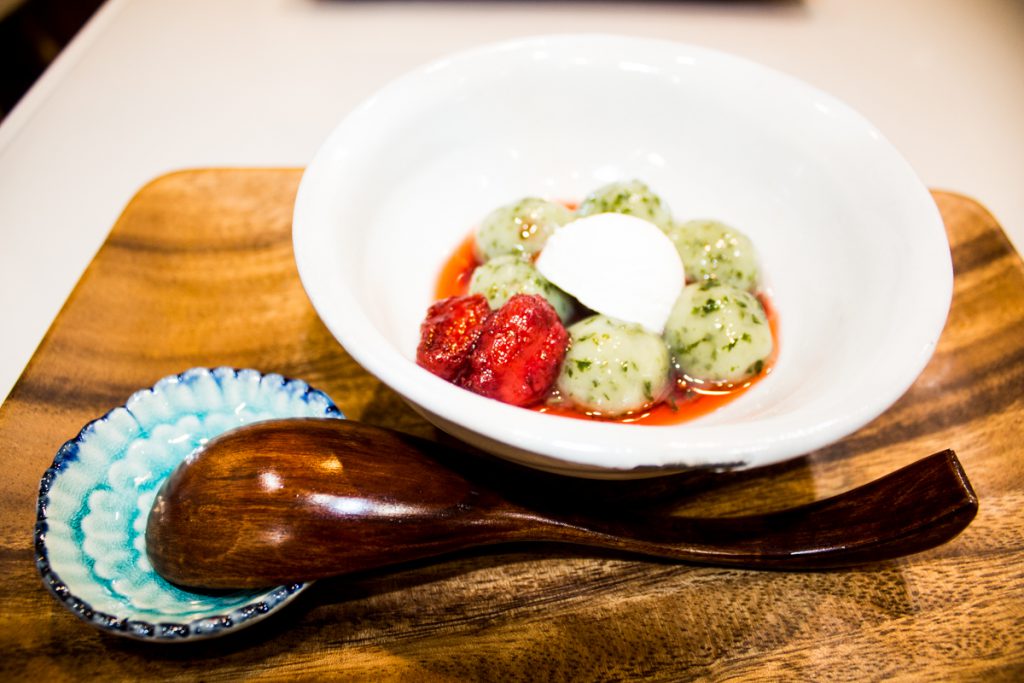
Shiratamaya (=しらたまや) was recommended by a friend who lives in Kamakura. they specialize in large tapioca ball based deserts. They make them in many delicious combinations, ranging from Japanese flavors like matcha green tea and kinako (sweet toasted soybean flour), to more western ones like the one I had, which was strawberry, basil and cream cheese, though I liked the kinako one a lot more, being a huge fan of the flavor. Beyond those, they also have the regular items from cafes, including the various coffees. They also serve cakes, but we haven’t tried any. I’d definitely go back. The deserts were well balanced with just enough sweetness to bring out the flavor of the ingredients, and no more.
BUYING HAND CRAFTED PRODUCTS
Kamakura has this weird mixture of classy, mixed with thrifty, and trendy. Along with all the fancy restaurants, trendy craft beer pubs, you will find small cool hand crafted goods shops. The can be clothing, lacquer ware, jewelry, pottery and much more. Note that most shops will close around 17:00. If shopping is one of your goals going there, make sure you do it before then.
GOING TO RESTAURANTS
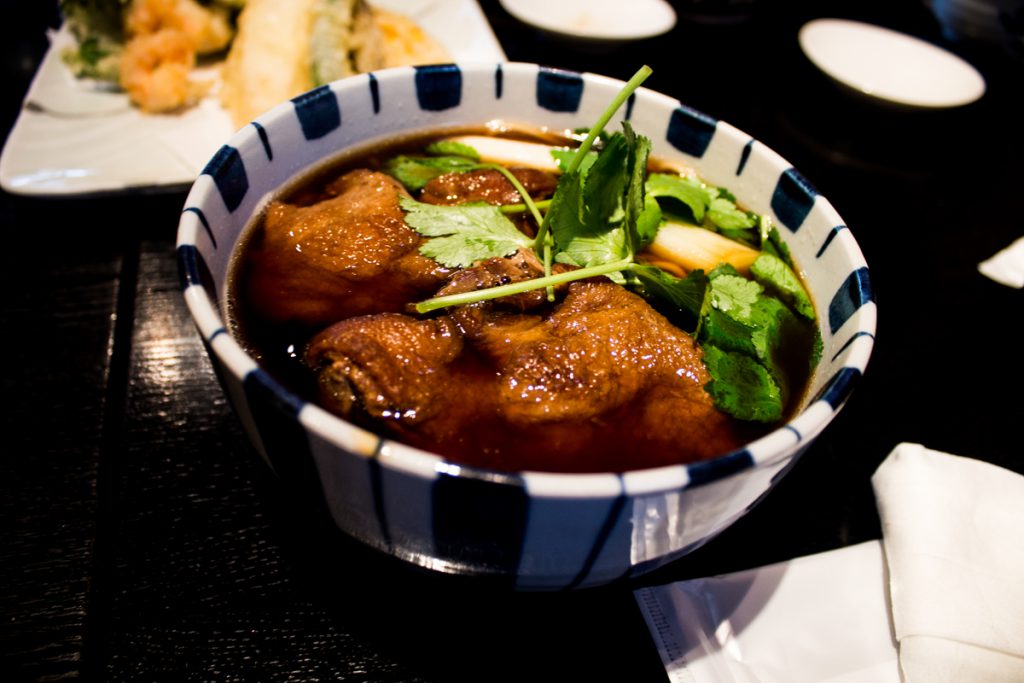
As far as restaurants, Kamakura’s got you covered. Not only is there plenty in terms of quantity, the quality, as well as the variety is also there. There are multitudes of eateries both Japanese and of western cuisine. Surprisingly, those that specialized in western cuisine always seemed to have a chef from said country, which cannot be said about a lot of places in Tokyo. So you can expect some sort of authenticity if you go to those. We went to two places, one where we had various different soba dishes, included with a set of tempura, and the other being a modern-y, classy-ish ramen with a refined twist.
DANKAZURA KOSUZU
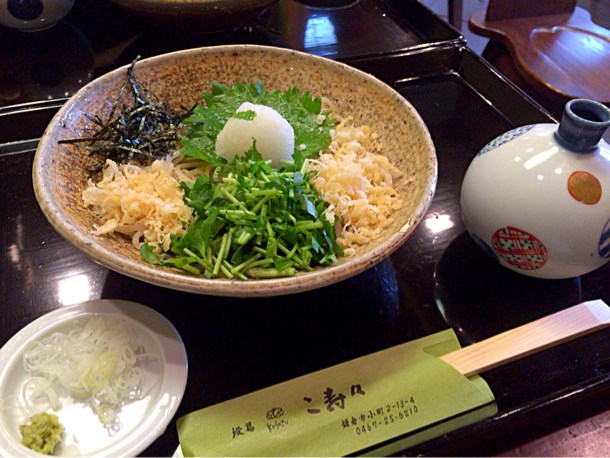

Dankasura Kosuzu (=段葛 こ寿々) is a soba restaurant which Mona highly recommends. They specialize in simple, cold soba. If you go there, ask for the Kosuzu Soba set which comes with a serving soba with vegetables and fried batter bits, pickles, and tea. And for desert, you must try the warabi mochi! It’s a gel like confectionary made from bracken starch, topped with kinako.
GINZA KAGARI RAMEN

We stumbled upon this place by pure accident. We were deciding where to go eat, and as we were walking around looking for something interesting, the noticed the Tokyo Michelin Guide symbol on the door of this place. Because of that, and because we were starving and did not feel like going around longer to find food, we decided to go in, Ginza Kagari Ramen (=銀座 篝). The interior is impressive. It’s a refined, modern interpretation of a ramen shop.
The ramen is equally impressive. It somehow manages to still be, feel, and taste like a bowl of ramen noodles, while somehow incorporating cream, and perhaps a mushroom soup base. There is still the depth of flavor from hours upon hours of cooking, and layering of ingredients. The topics were interesting, to say the least. They included the regulars, soft boiled eggs, and bamboo shoots, but also other, fresher ingredients like radishes. The meat included was a very lean chicken, which was cooked to perfection and very juicy and tender. All in all, this was as perfect a combination of traditional and modern ramen making techniques as you could ask for. Note: There are also some Ginza Kagari Ramen shops based in Tokyo. But it’s so popular the lines can be overwhelming. The one in Kamakura recently opened and was basically empty when we went.
KAMAKURA MATSUBARA-AN
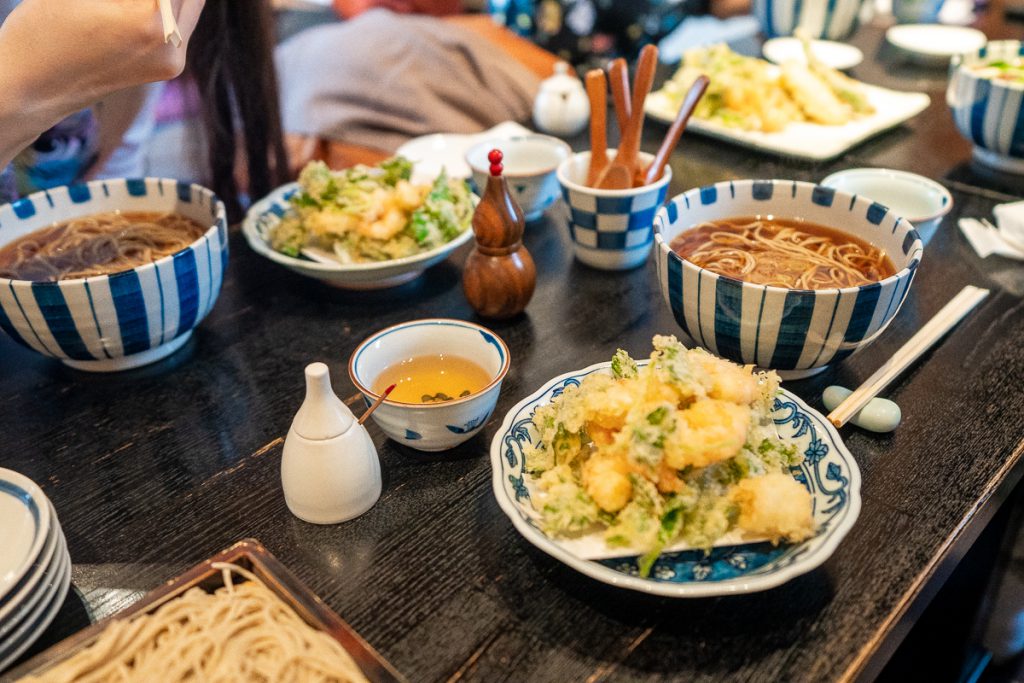
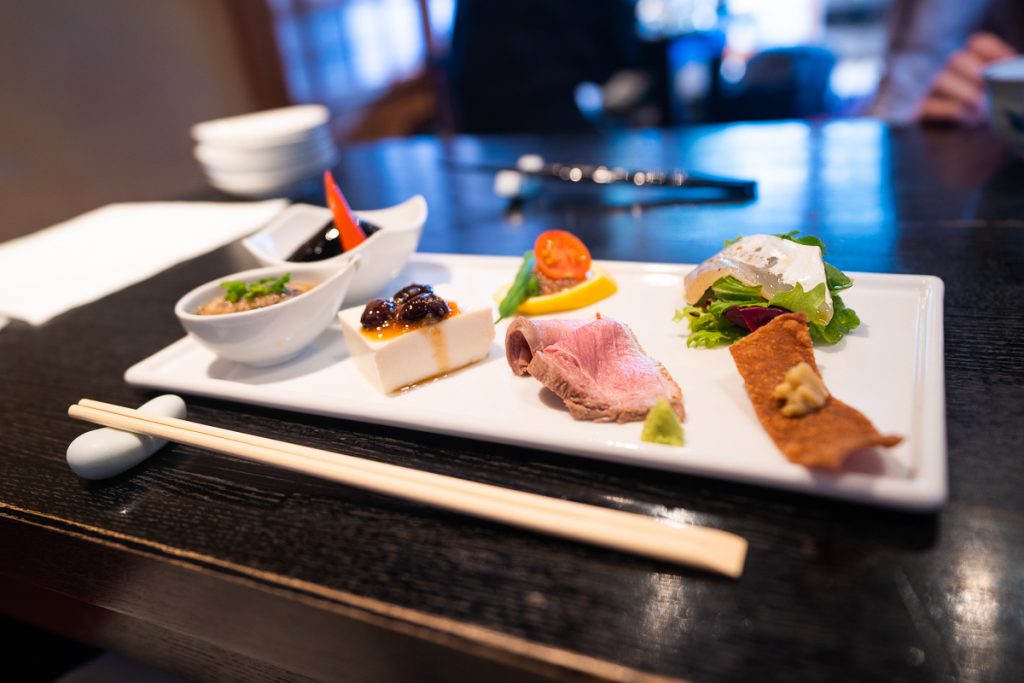
Kamakura Matsubara-an (=鎌倉 松原庵) is one of the most popular restaurants in Kamakura. We had to wait an hour or so to get a table and it wasn’t even at peak hours, so around dinner time, it must be impossible without a reservation. They specialize in soba noodles, and tempura. I had the lunch course menu which came with an platter of appetizers, a plate of seafood and veggie tempura, and a bowl of plain soba noodle soup. Overall, it was ok. I didn’t find anything special about the place to warrant waiting for an hour. I’ve had much better tempura and soba in the past.
KAMAKURA: PERFECT DAY TRIP AWAY FROM TOKYO

I’ve mentioned, repeated, and repeated anew that Kamakura is a perfect day trip away from Tokyo. That is simply, because it really is. The best part is that it is not one-dimensional as a city. Often, Japanese cities are known for one thing and one thing only. Beyond that specialty, you won’t find much. Kamakura, however, has it all. It has the history, the mixtured of Chinese influenced architecture, the pre-Chinese influence architecture, the modern eateries, the thrift shops, sitting right next to fancy shops, which sit right next to trendy bars with the finest beers on tap. It has it all. If you’re in Tokyo, either because you live there, or you’re visiting, you owe it to yourself to visit Kamakura. It’s so close, just do it.

